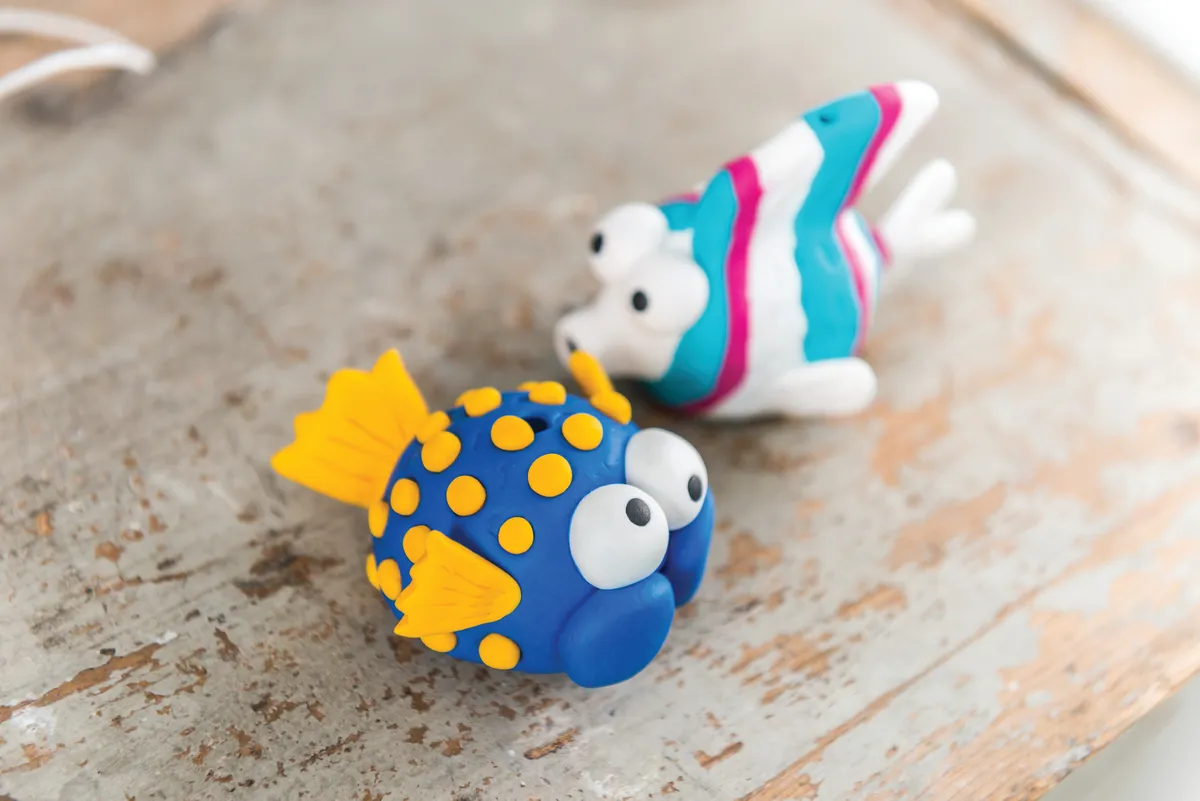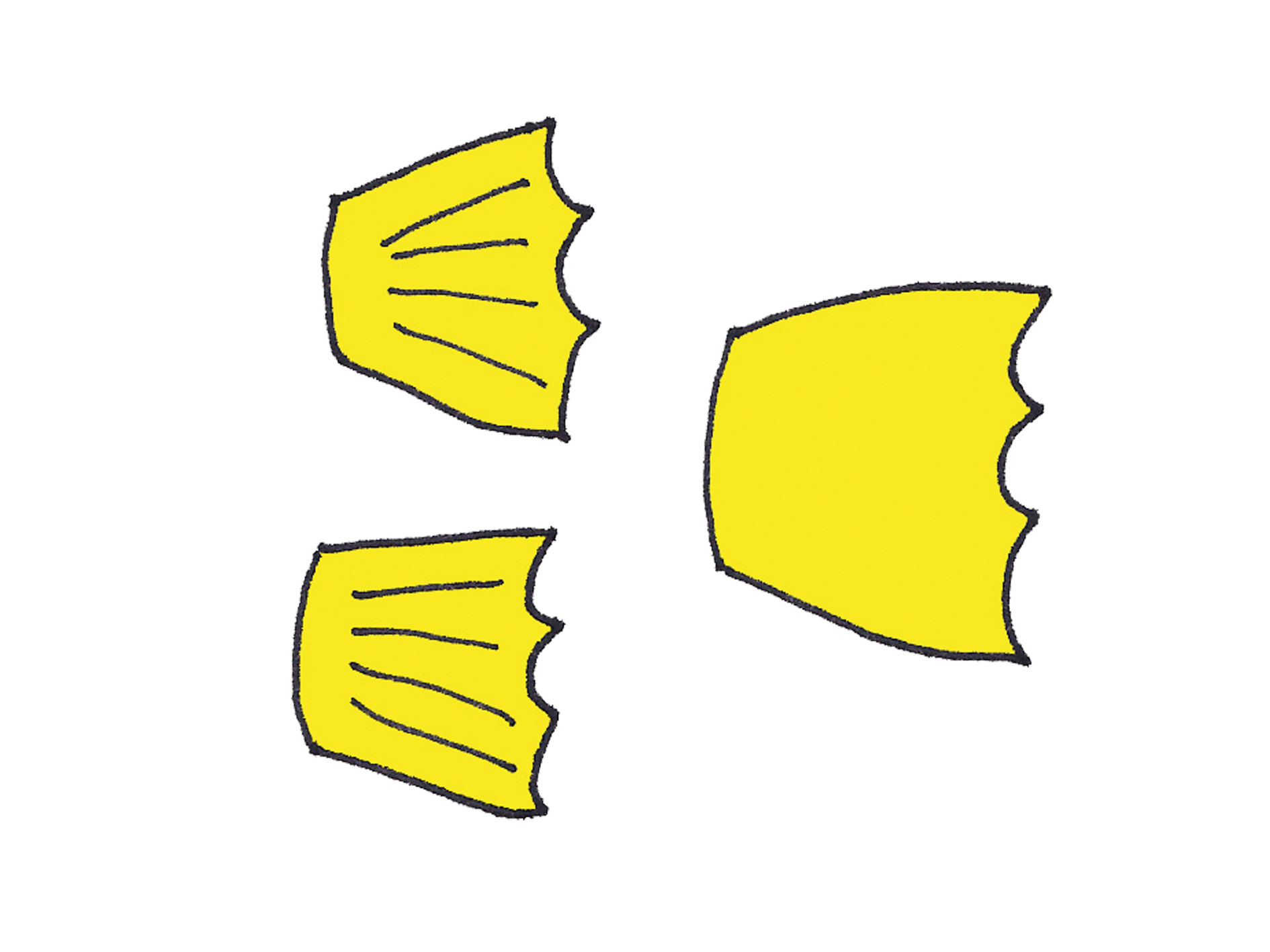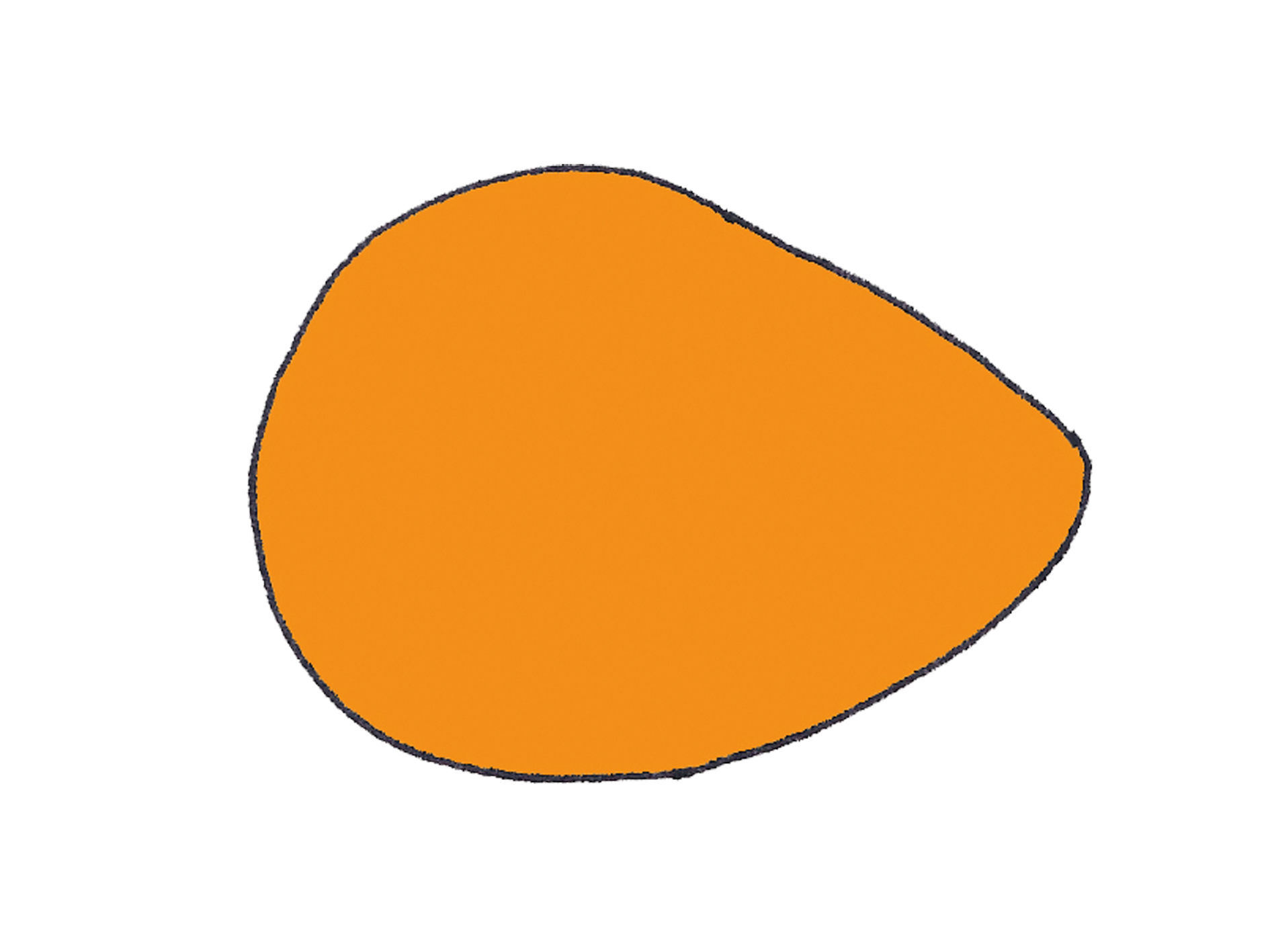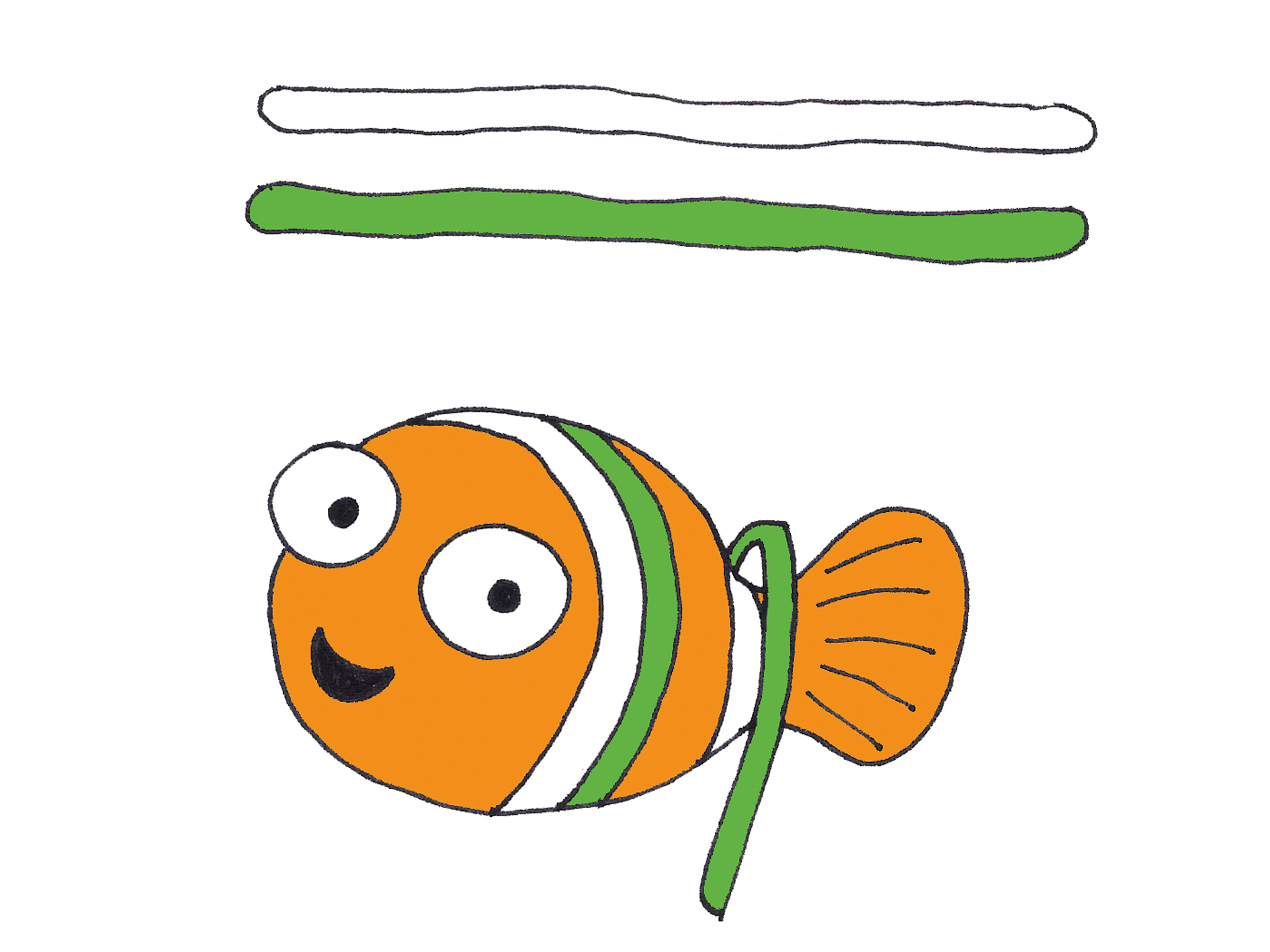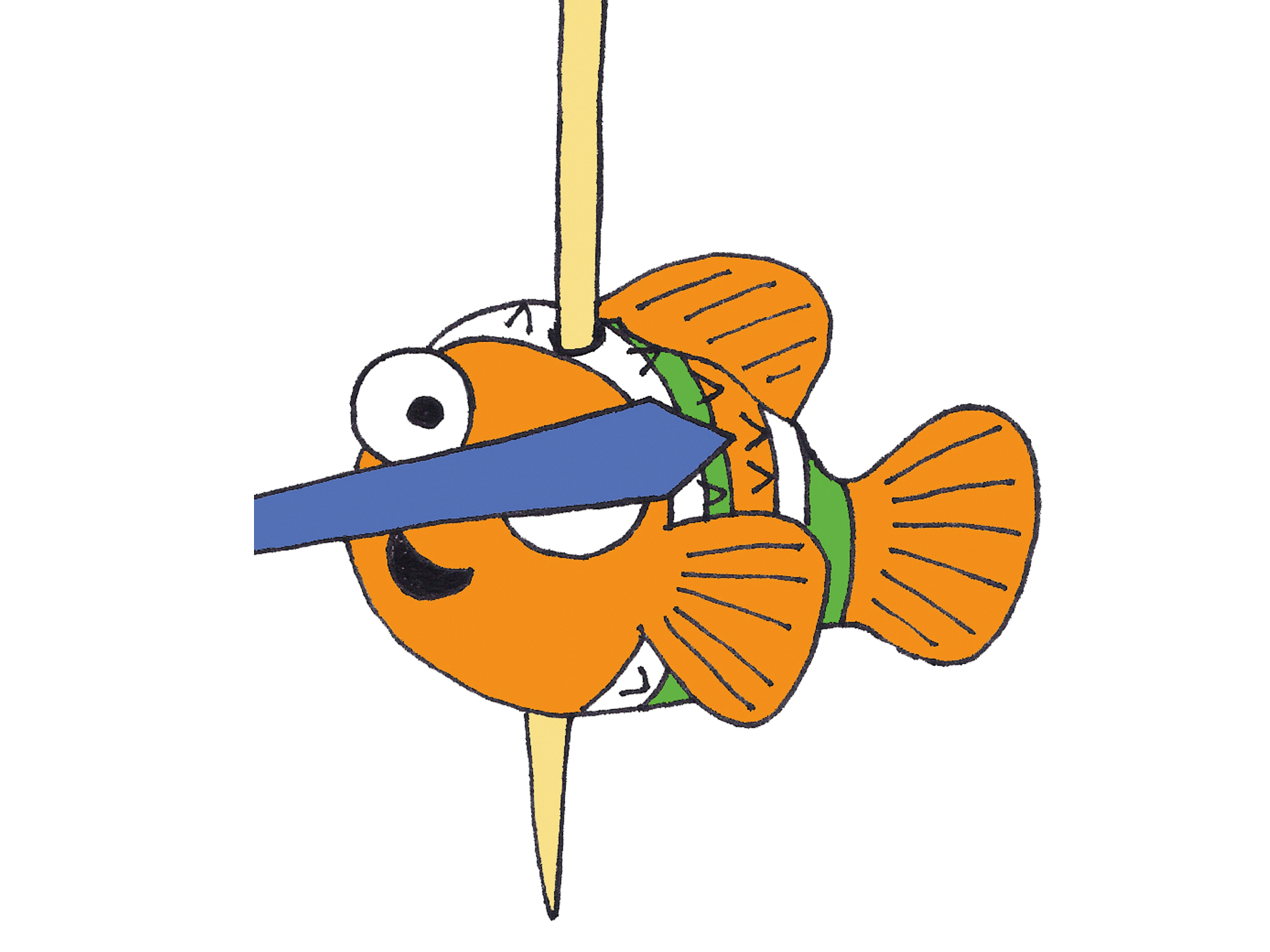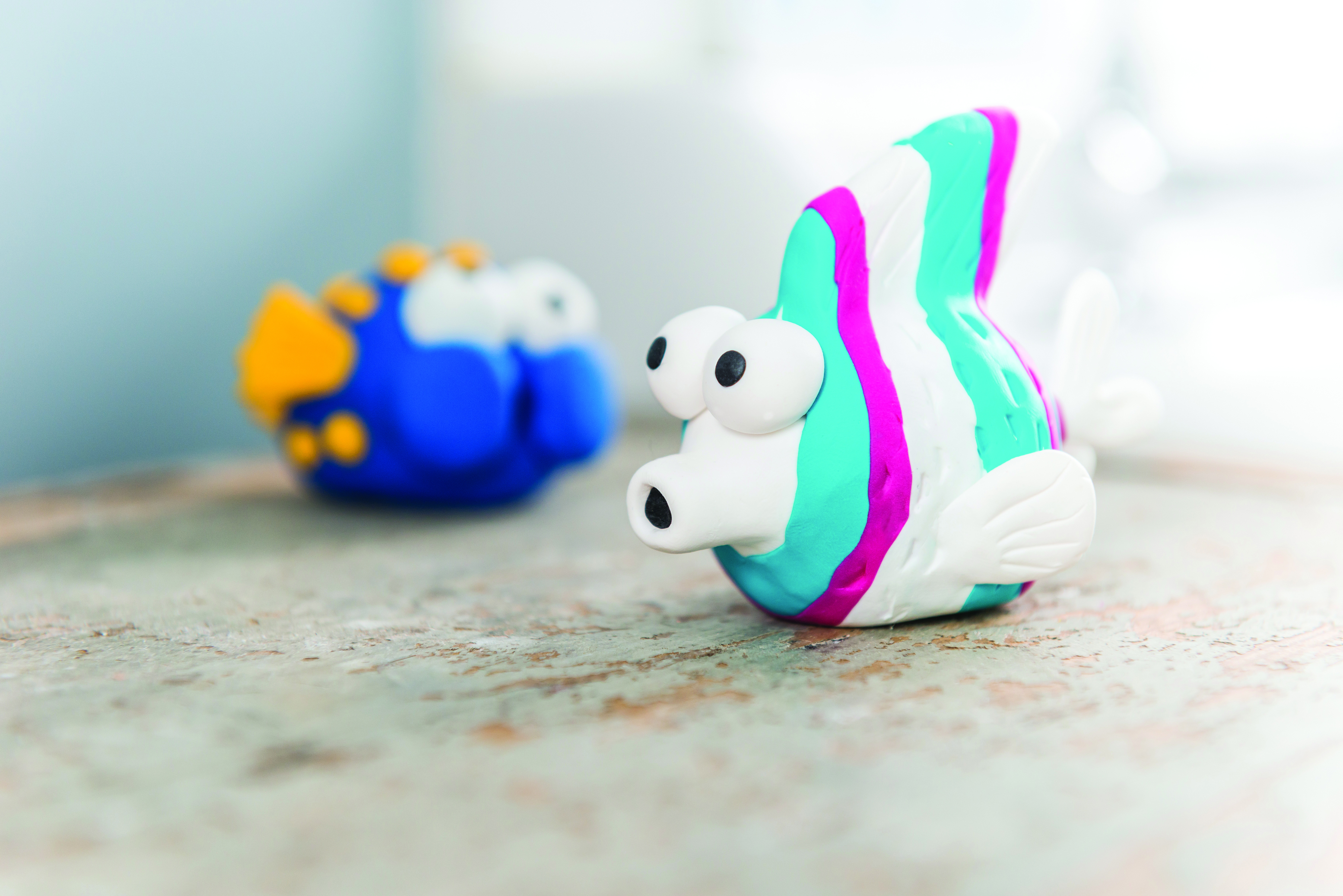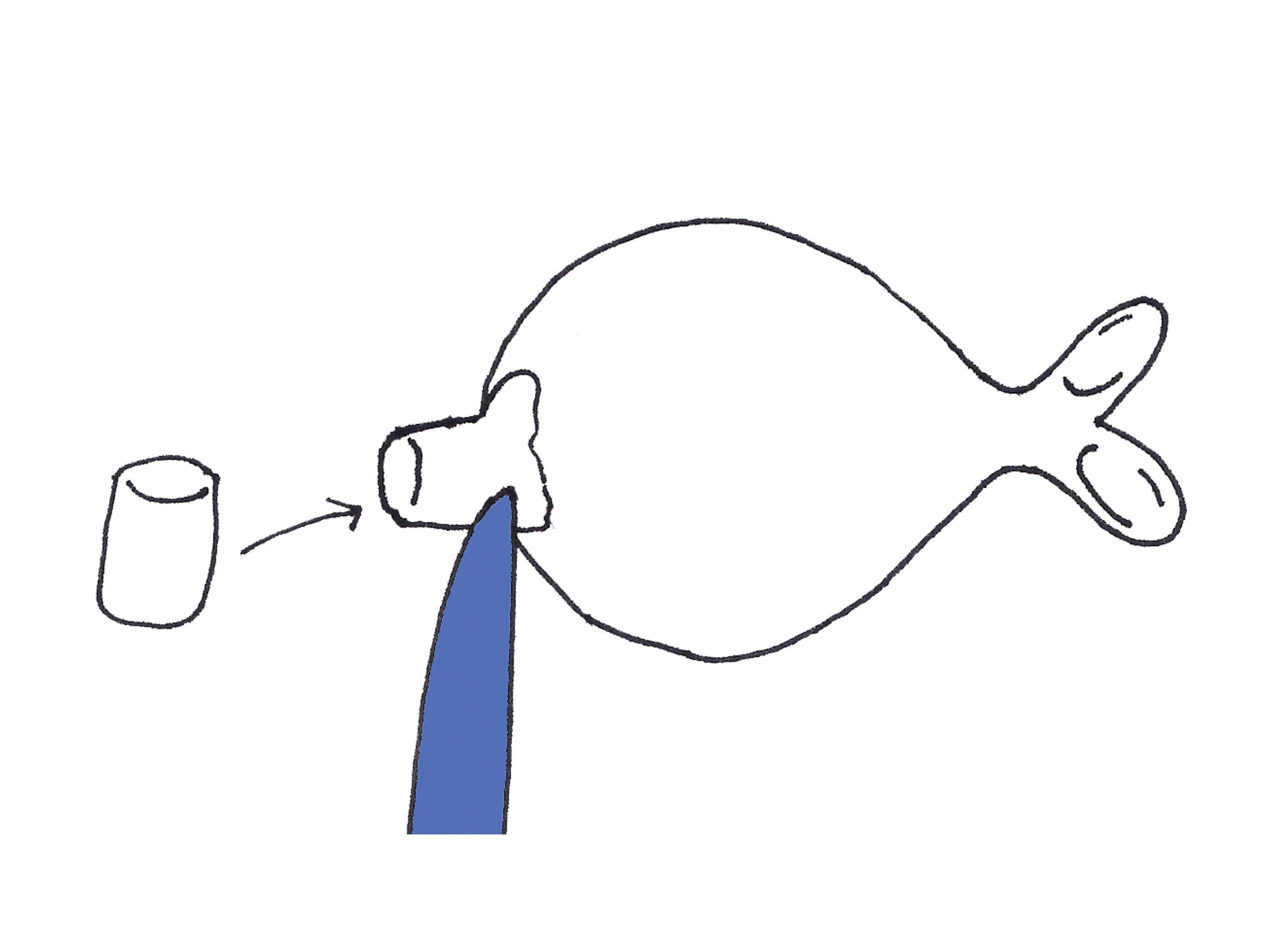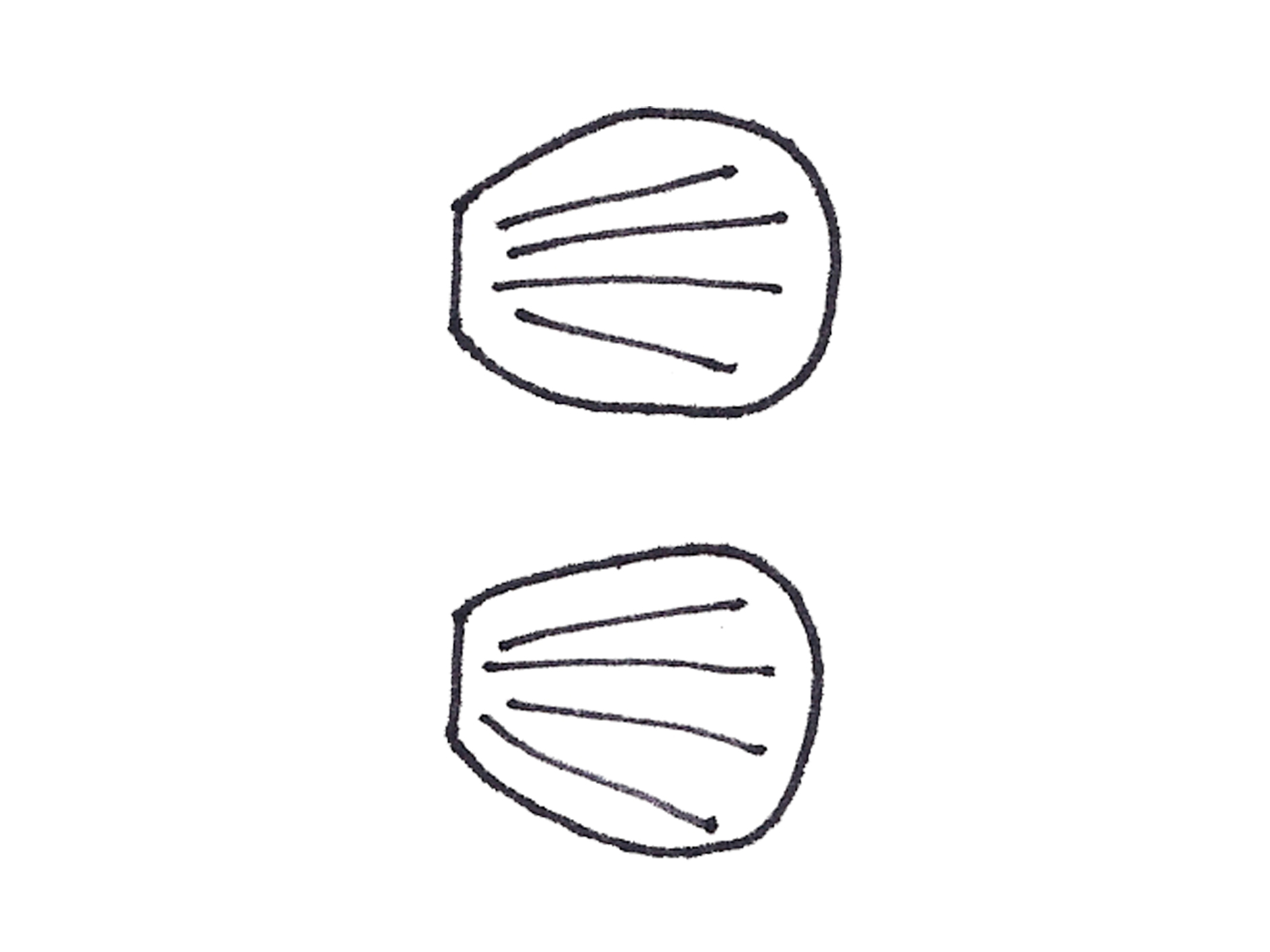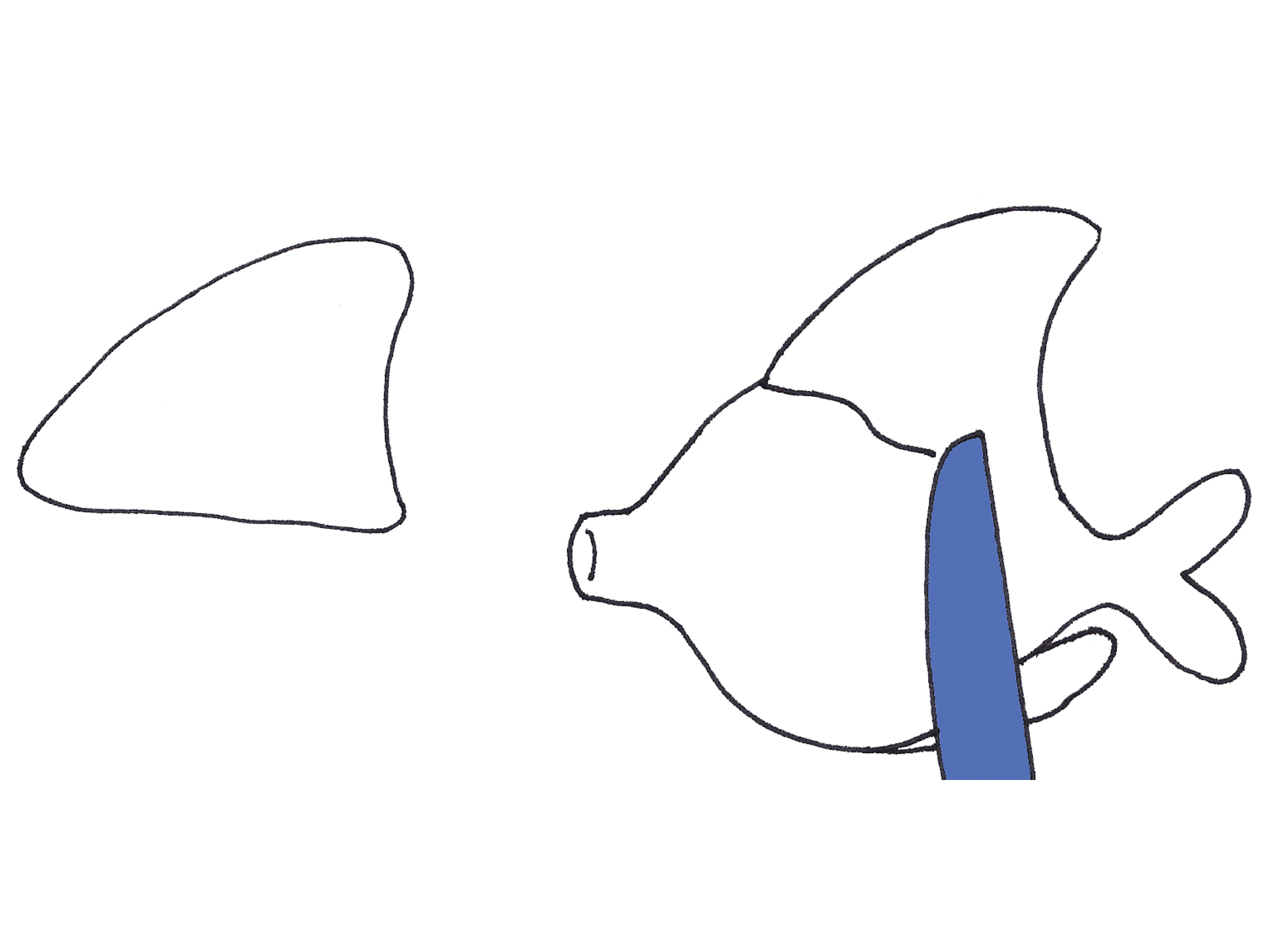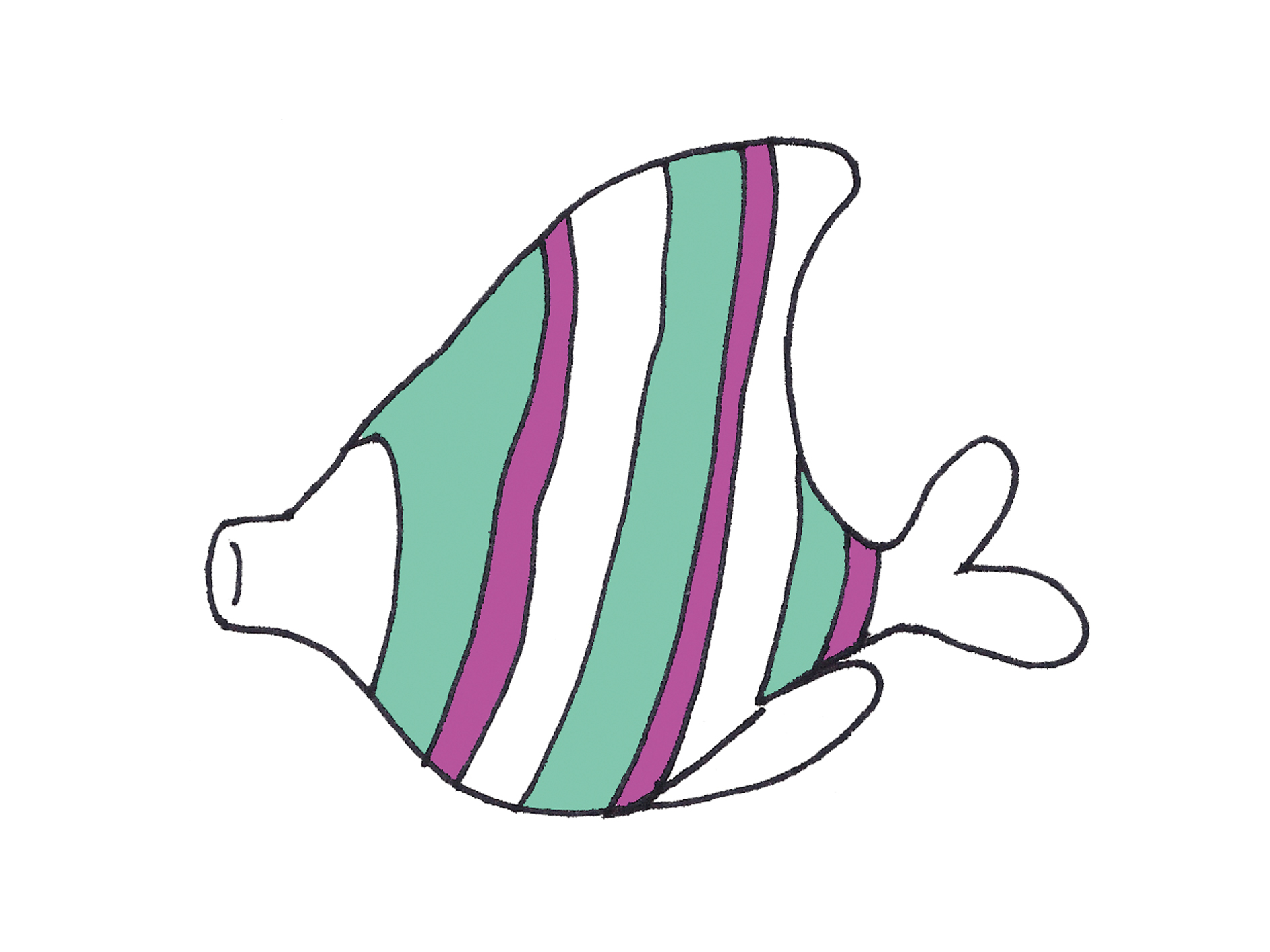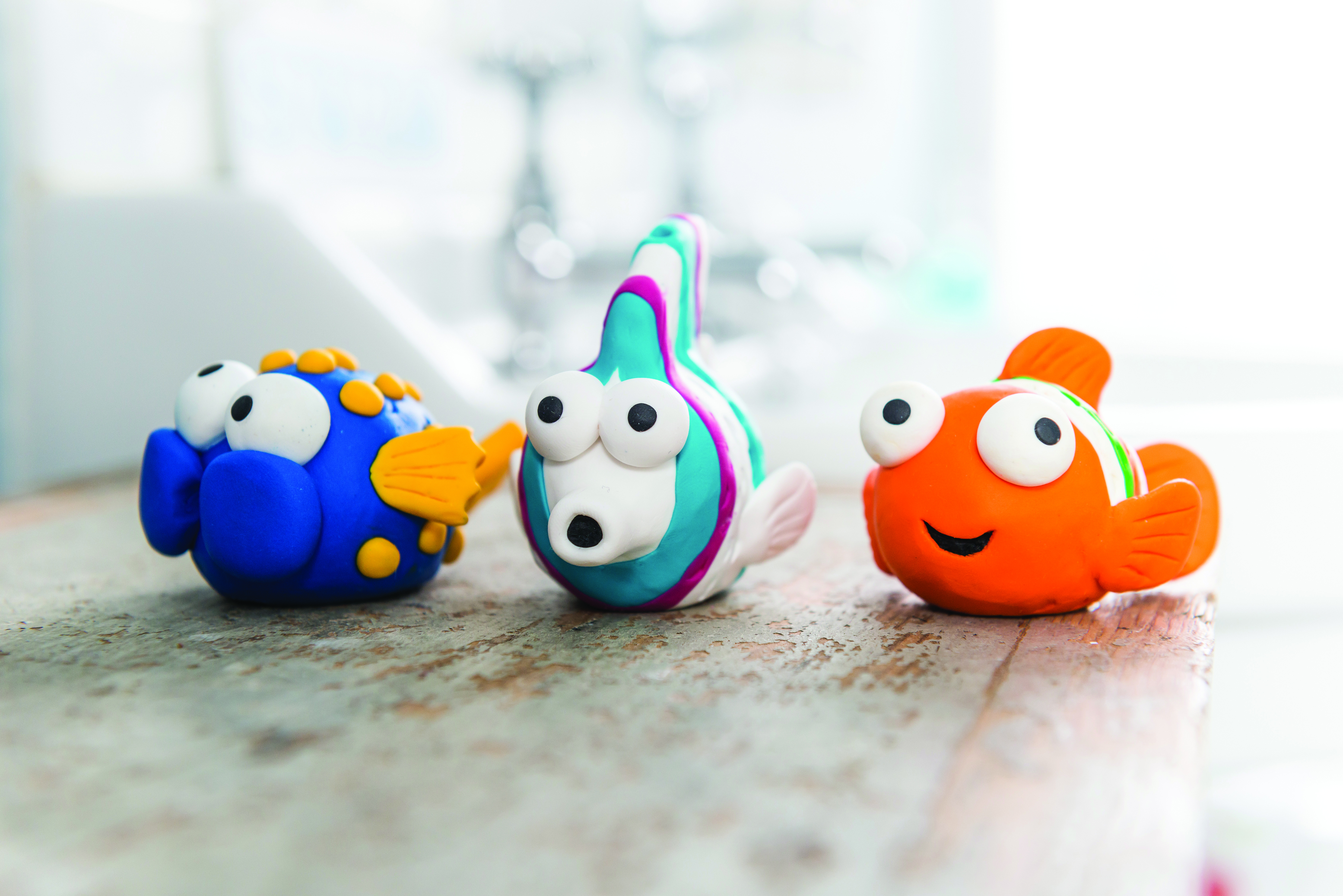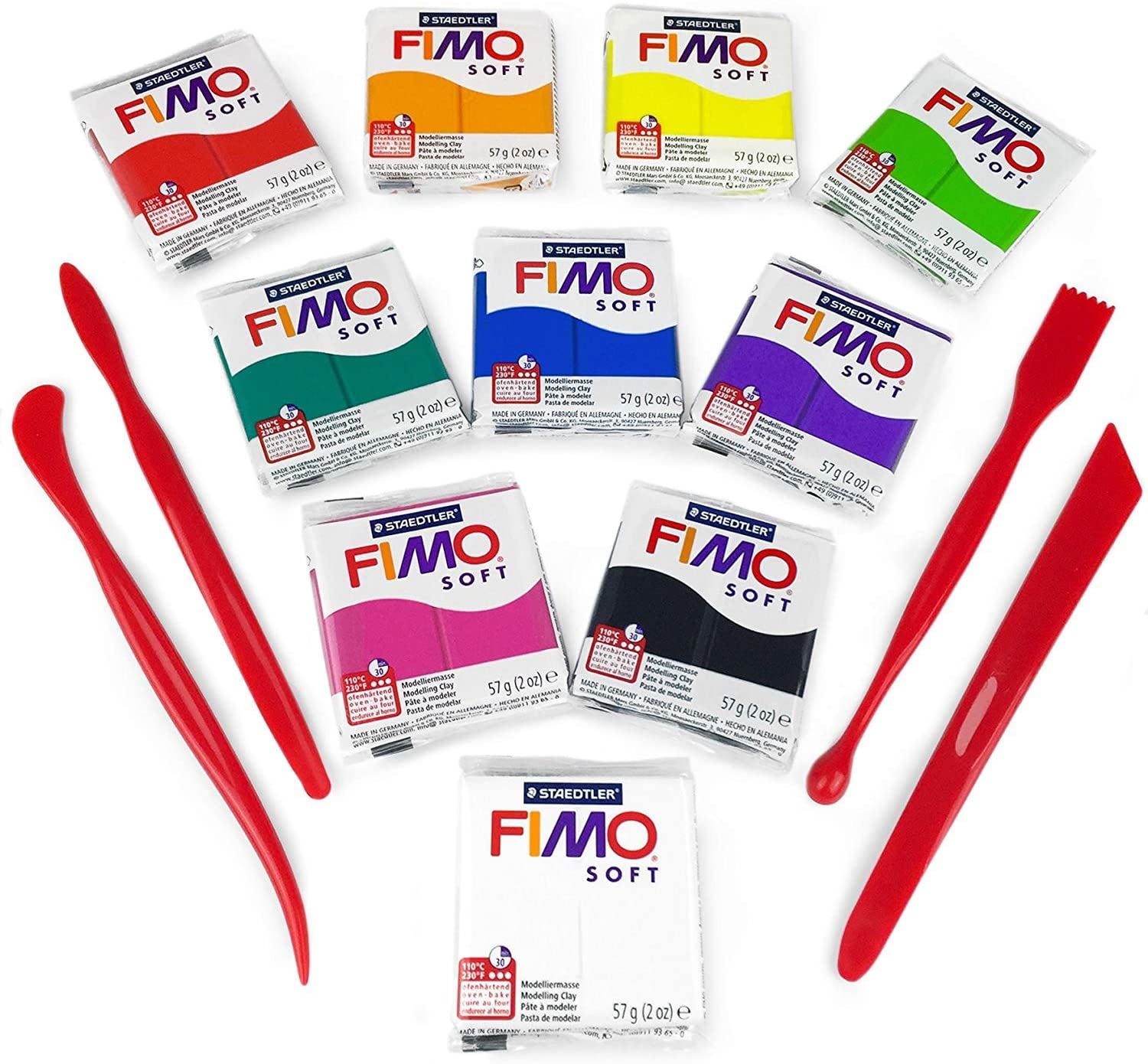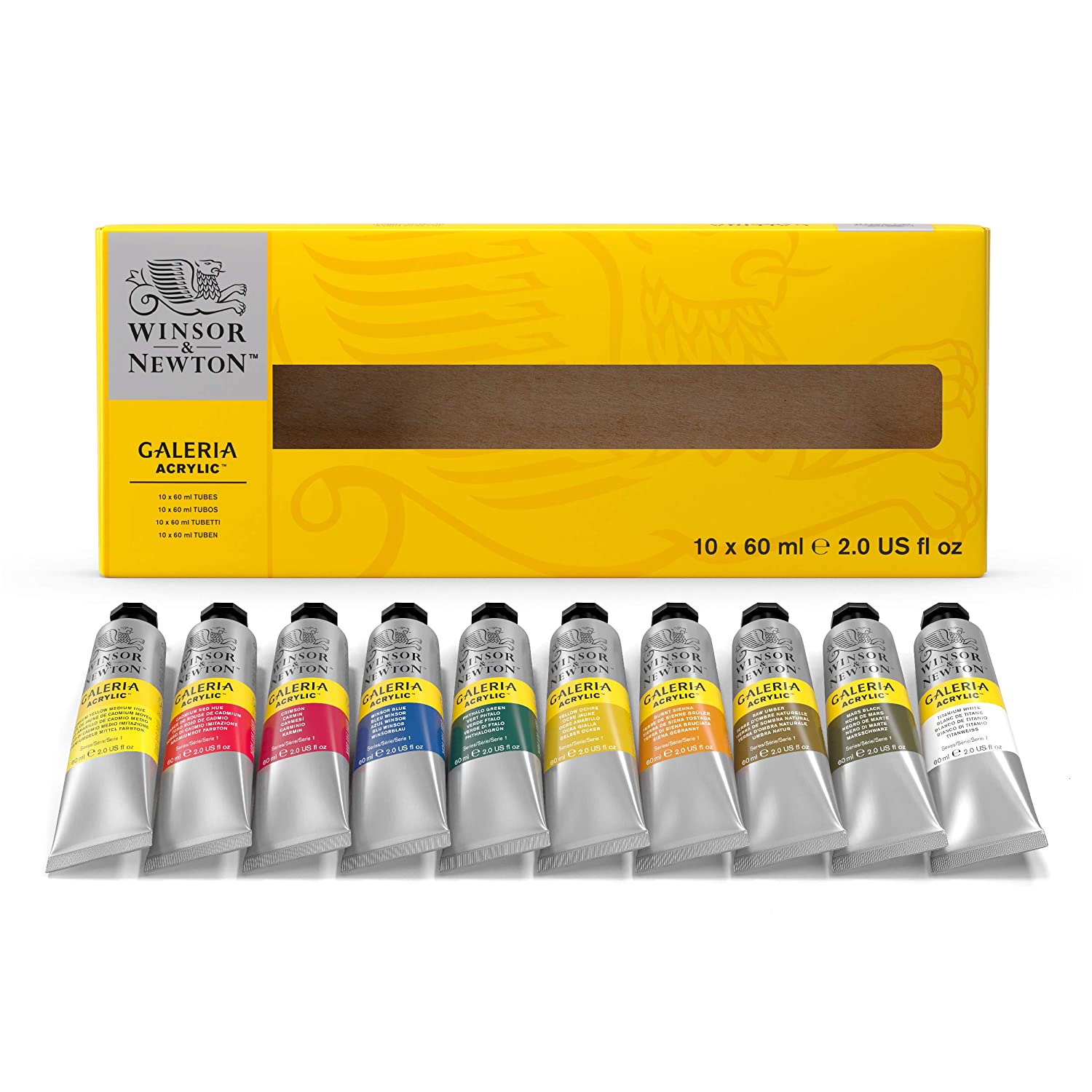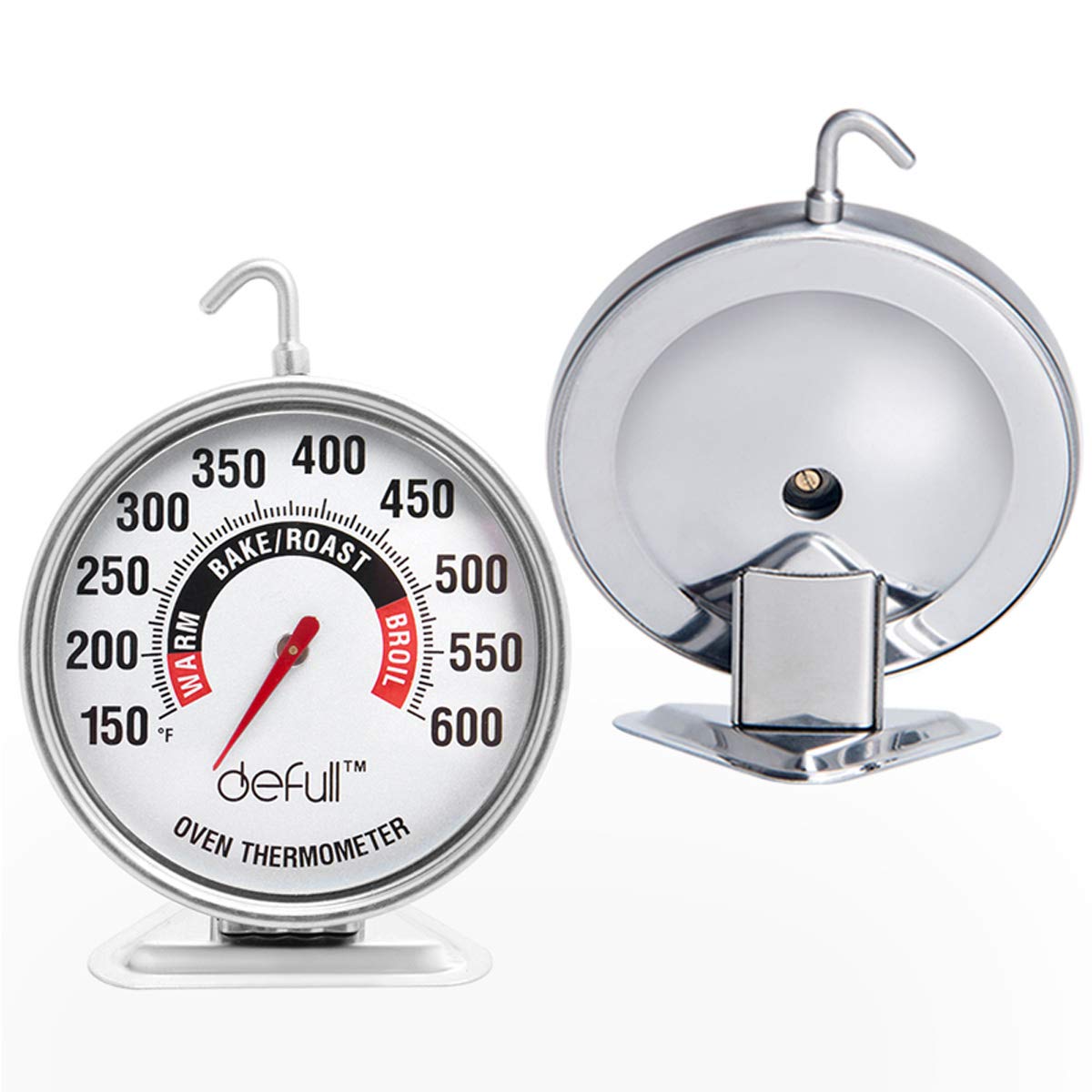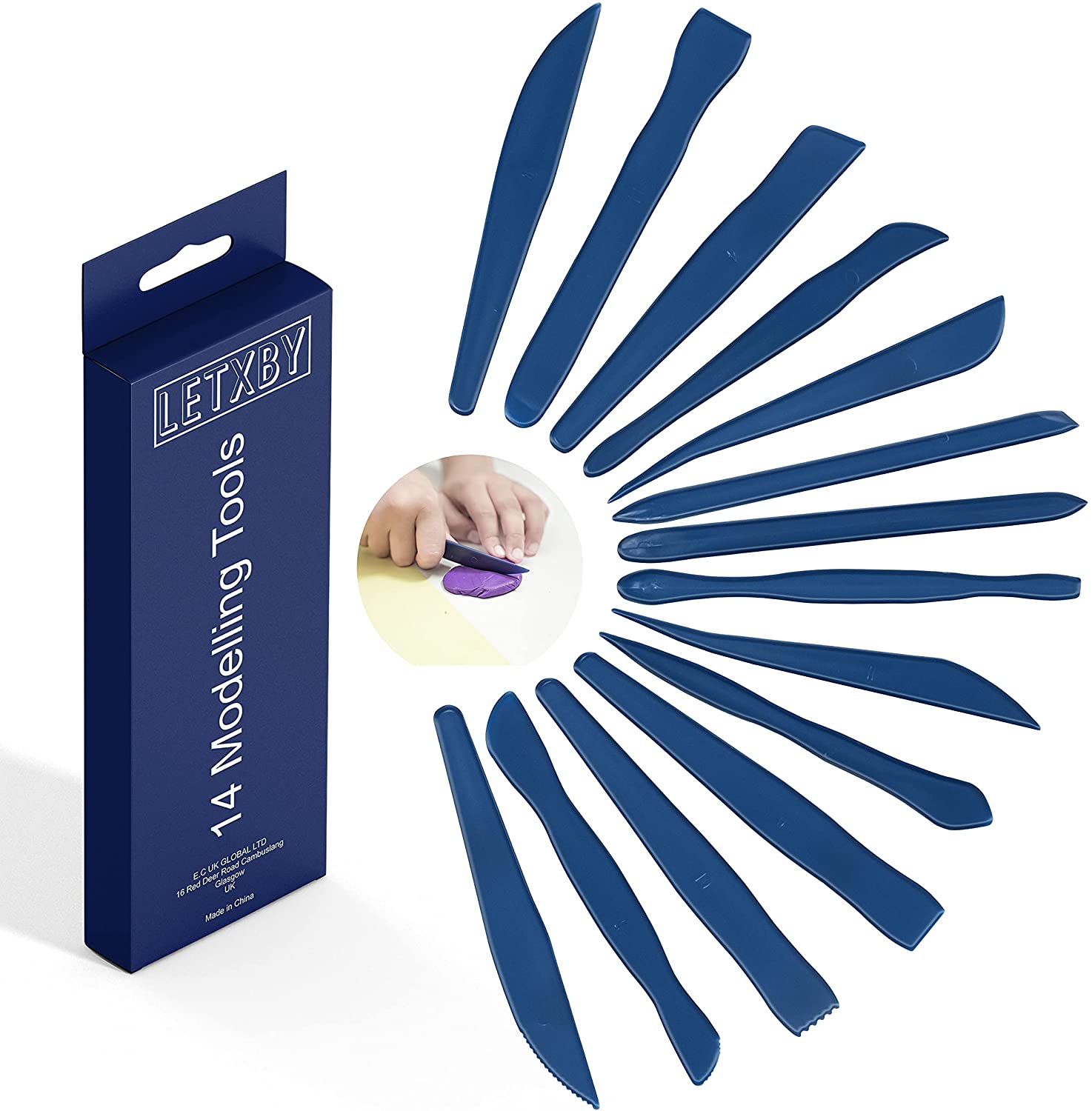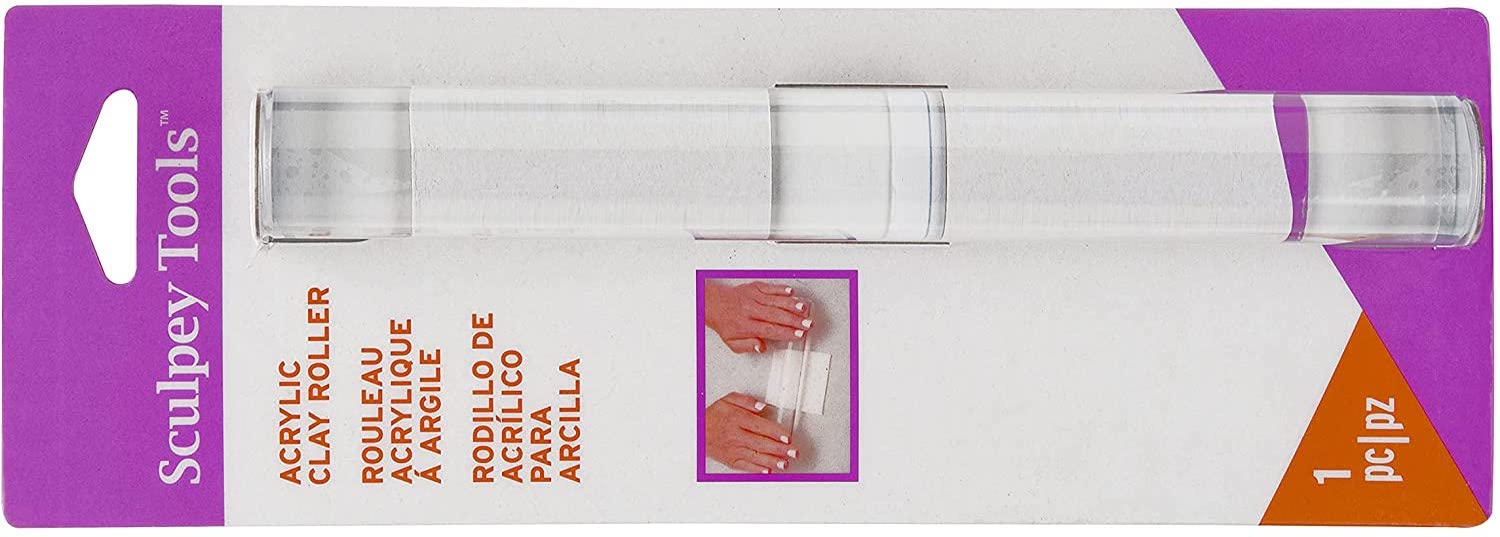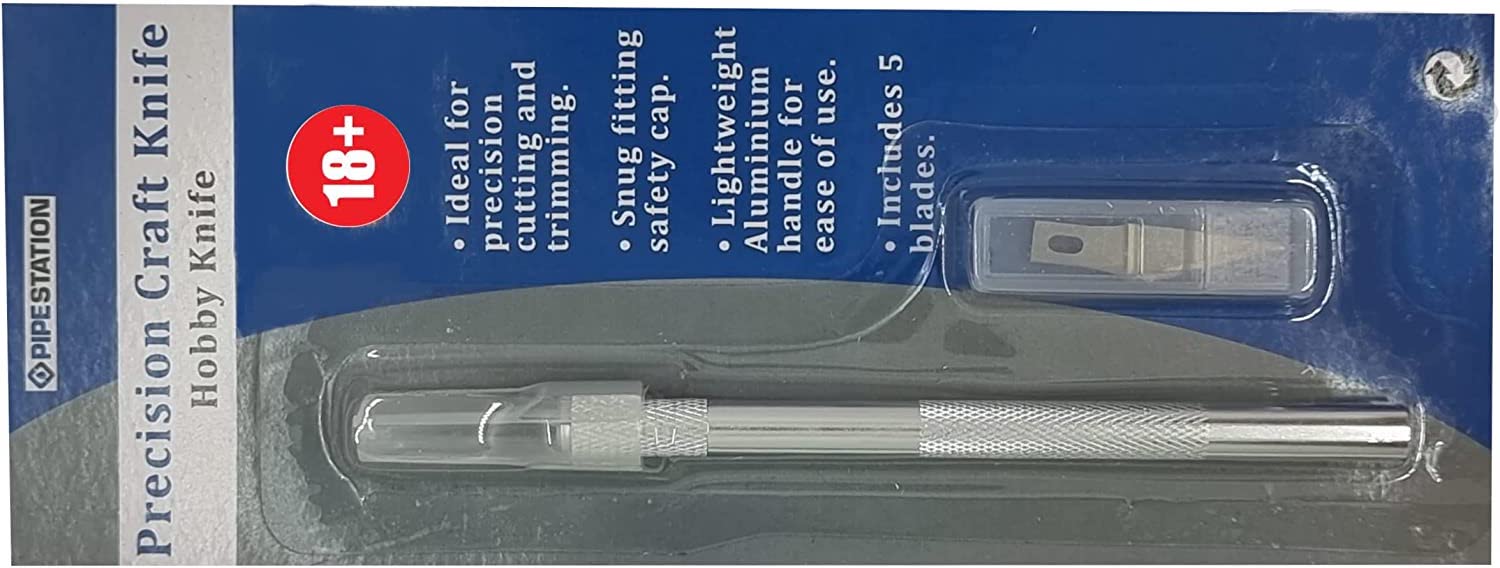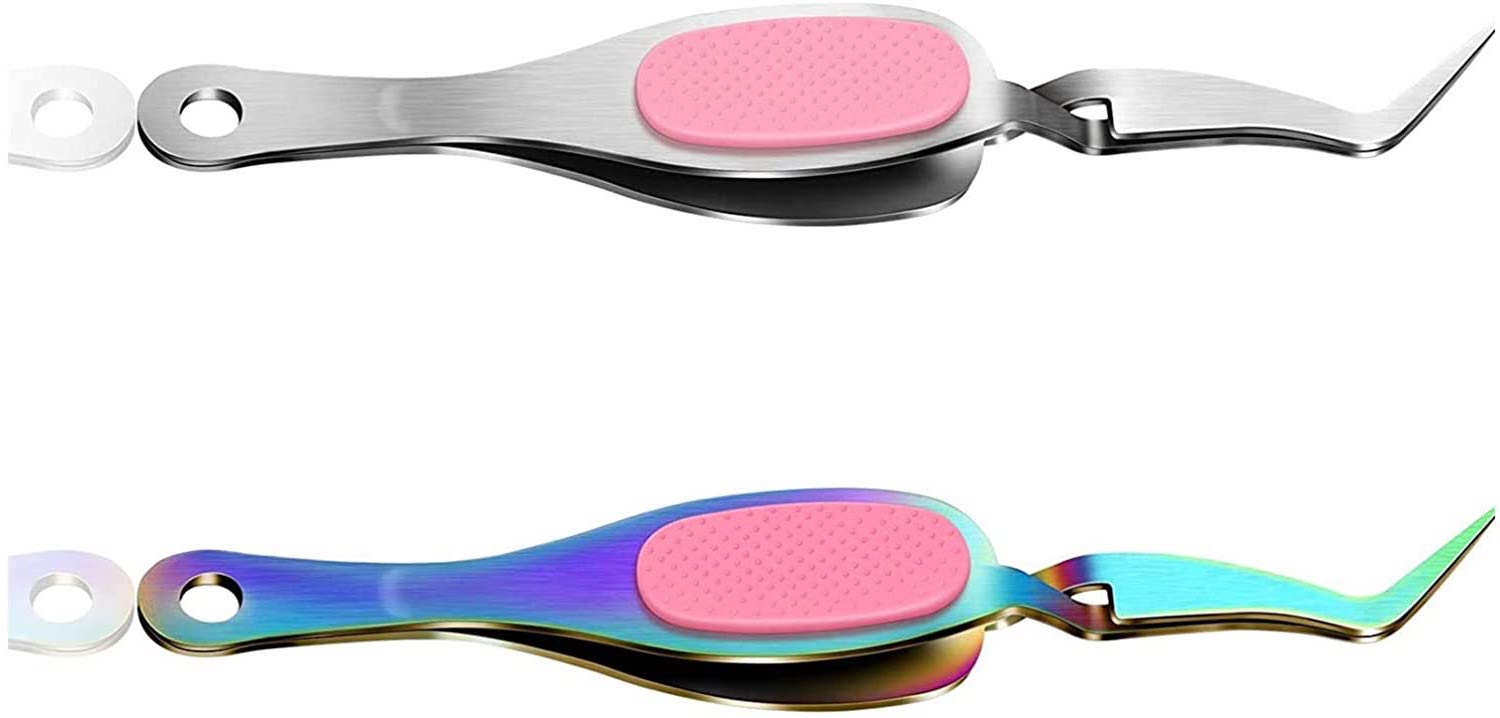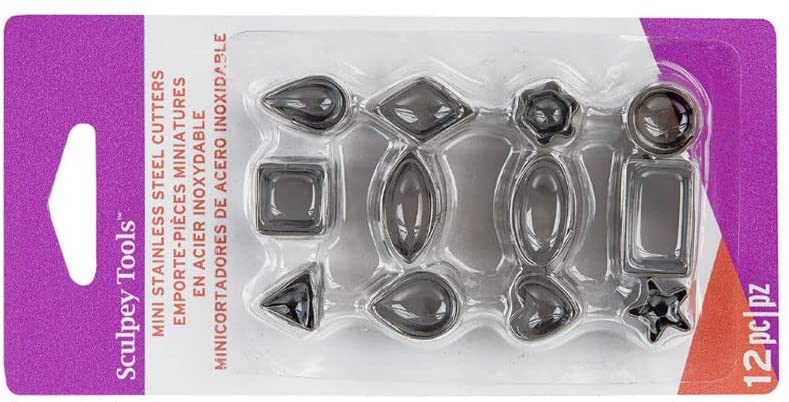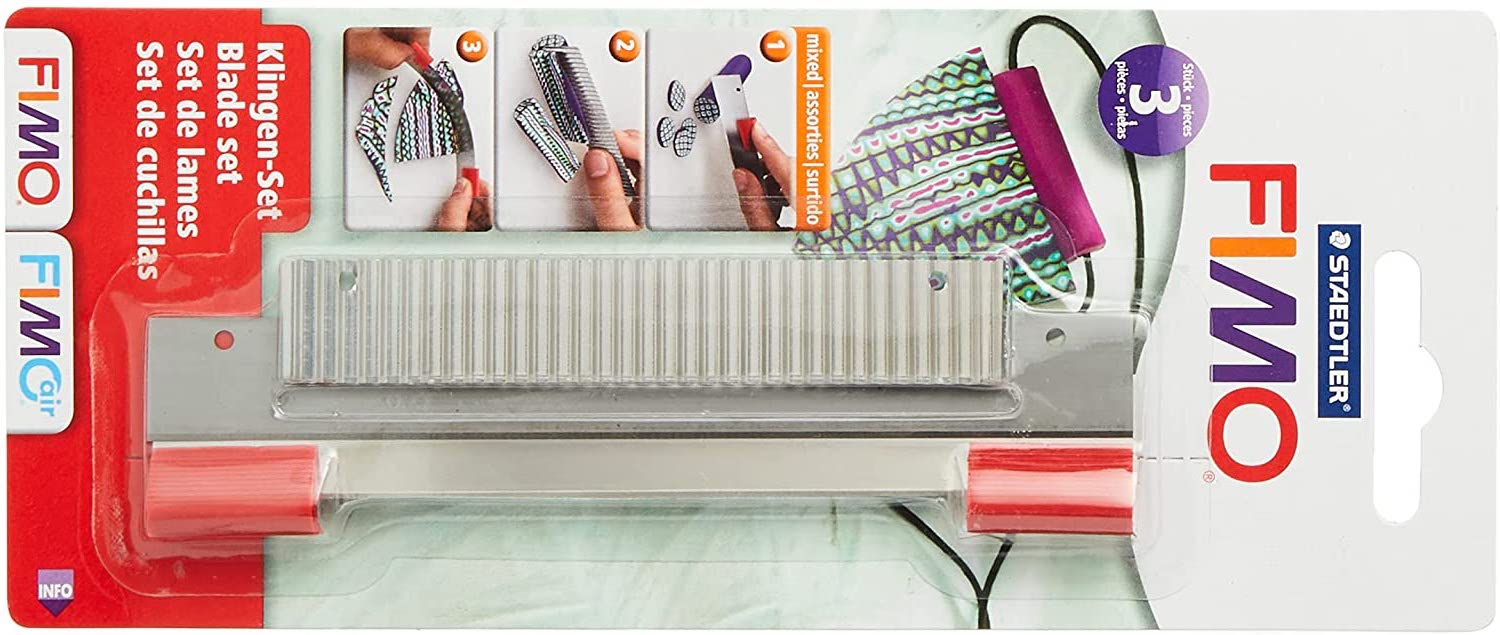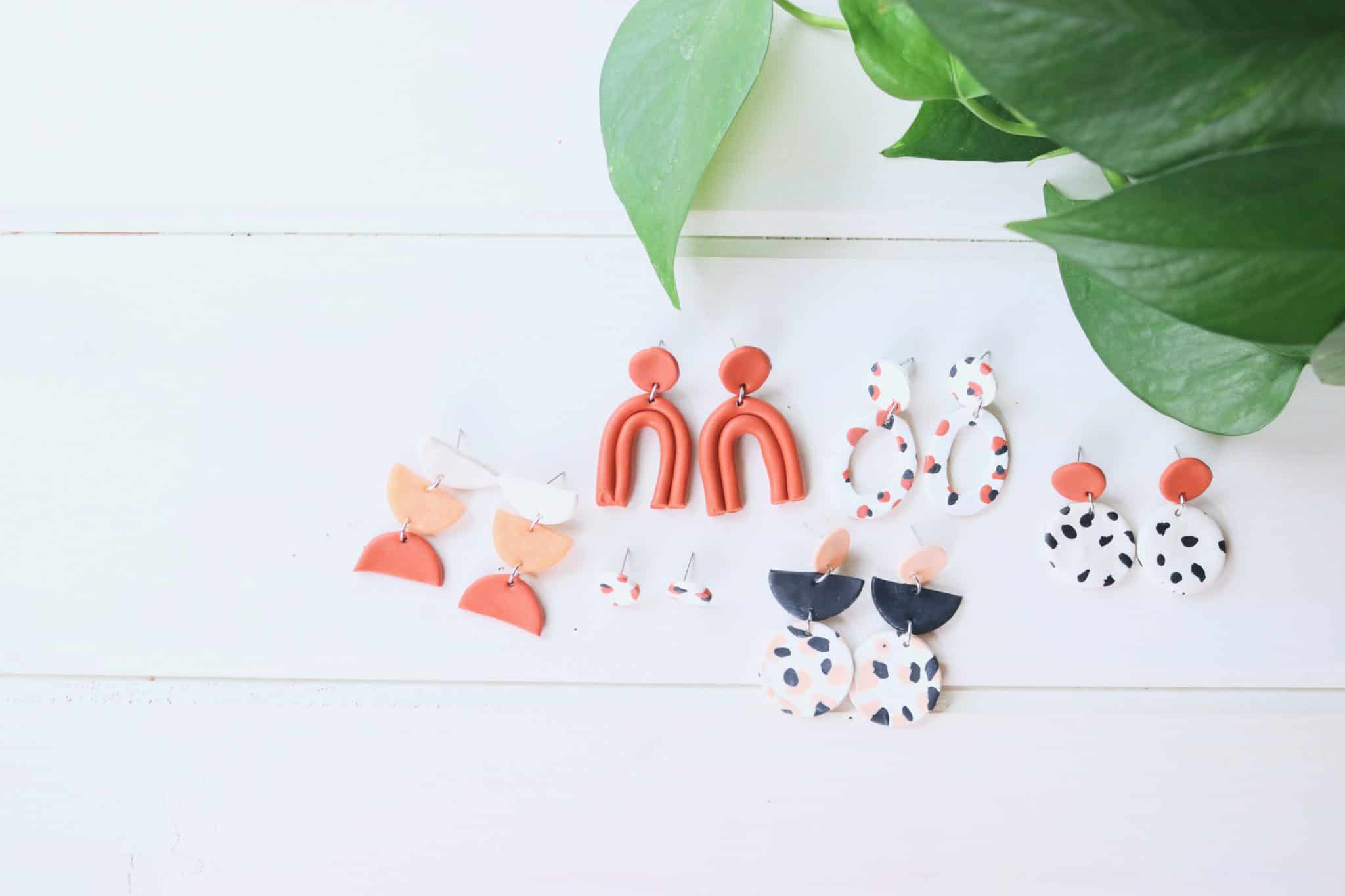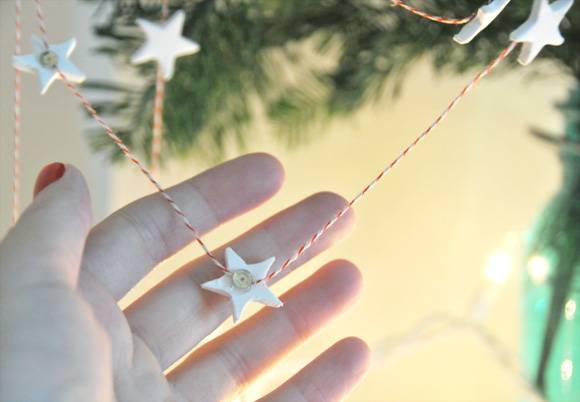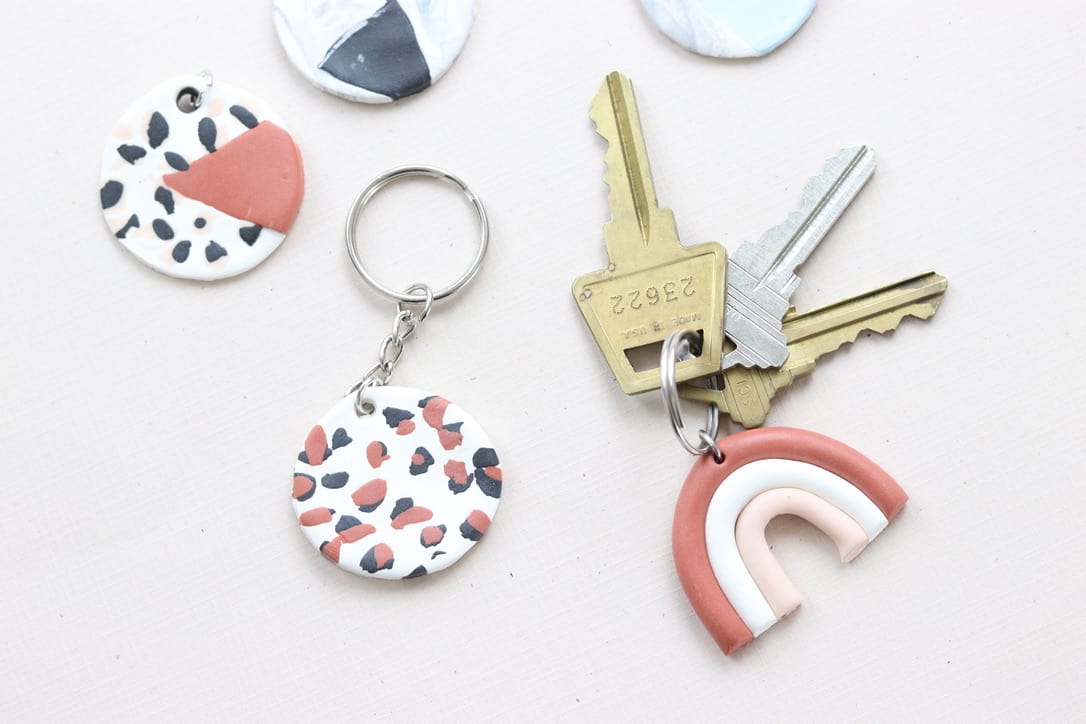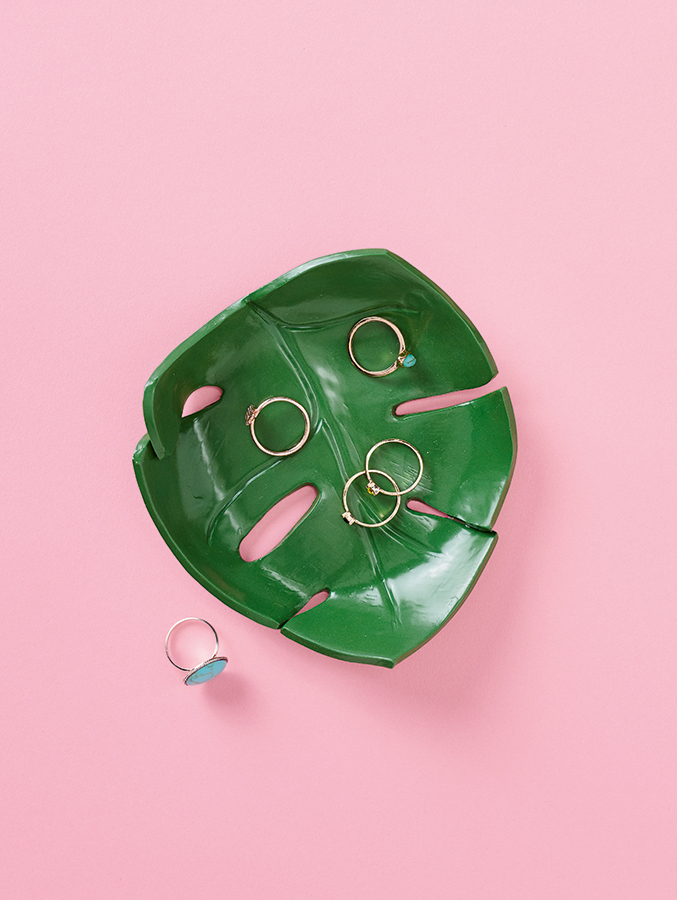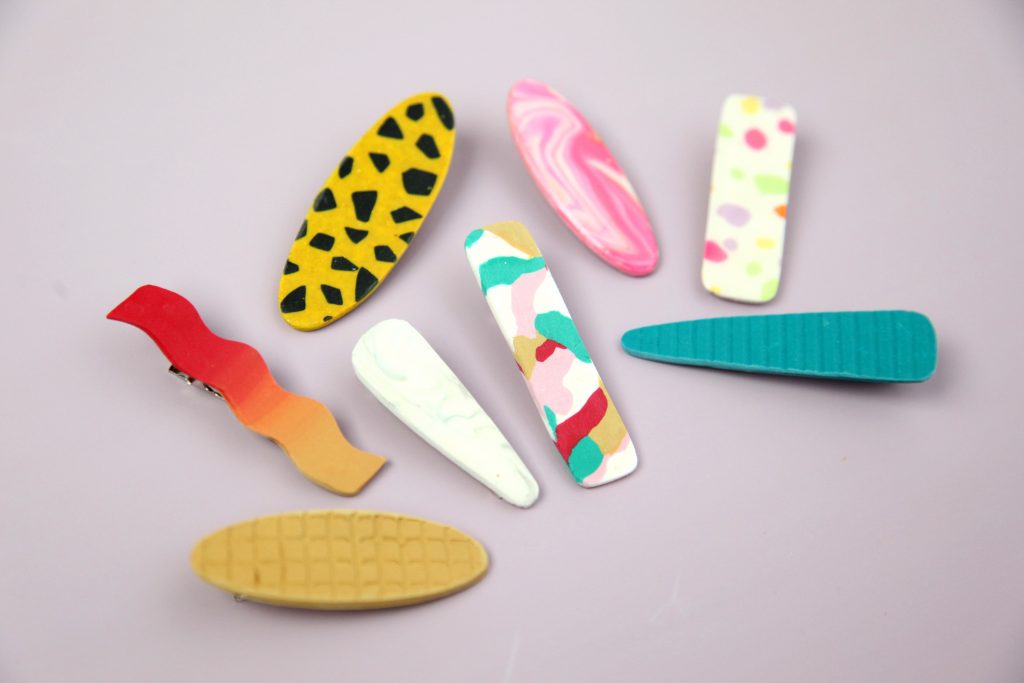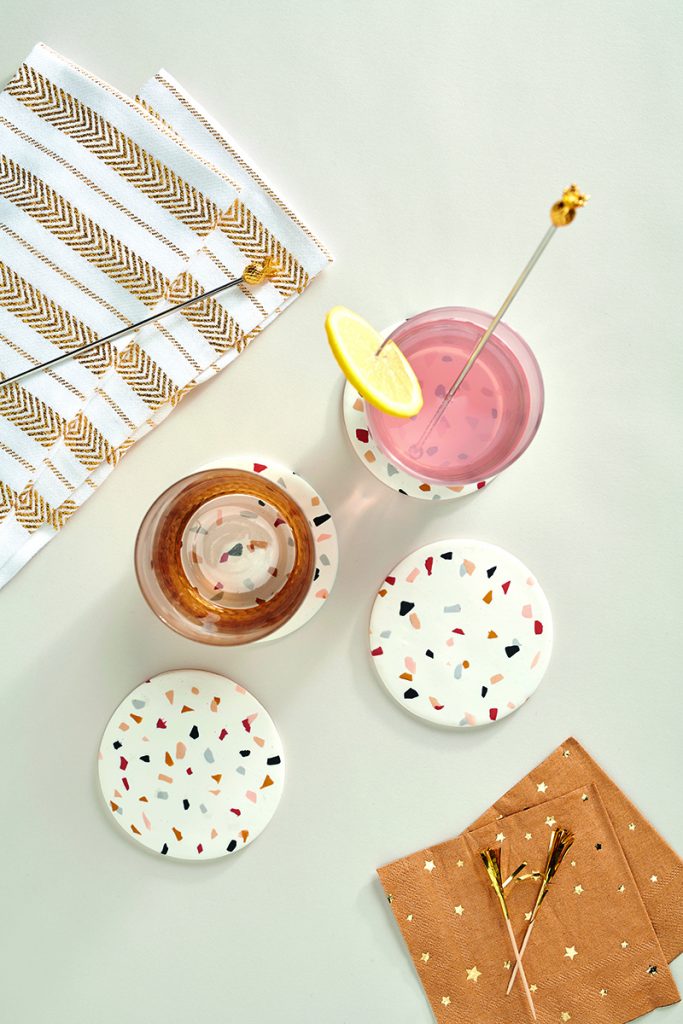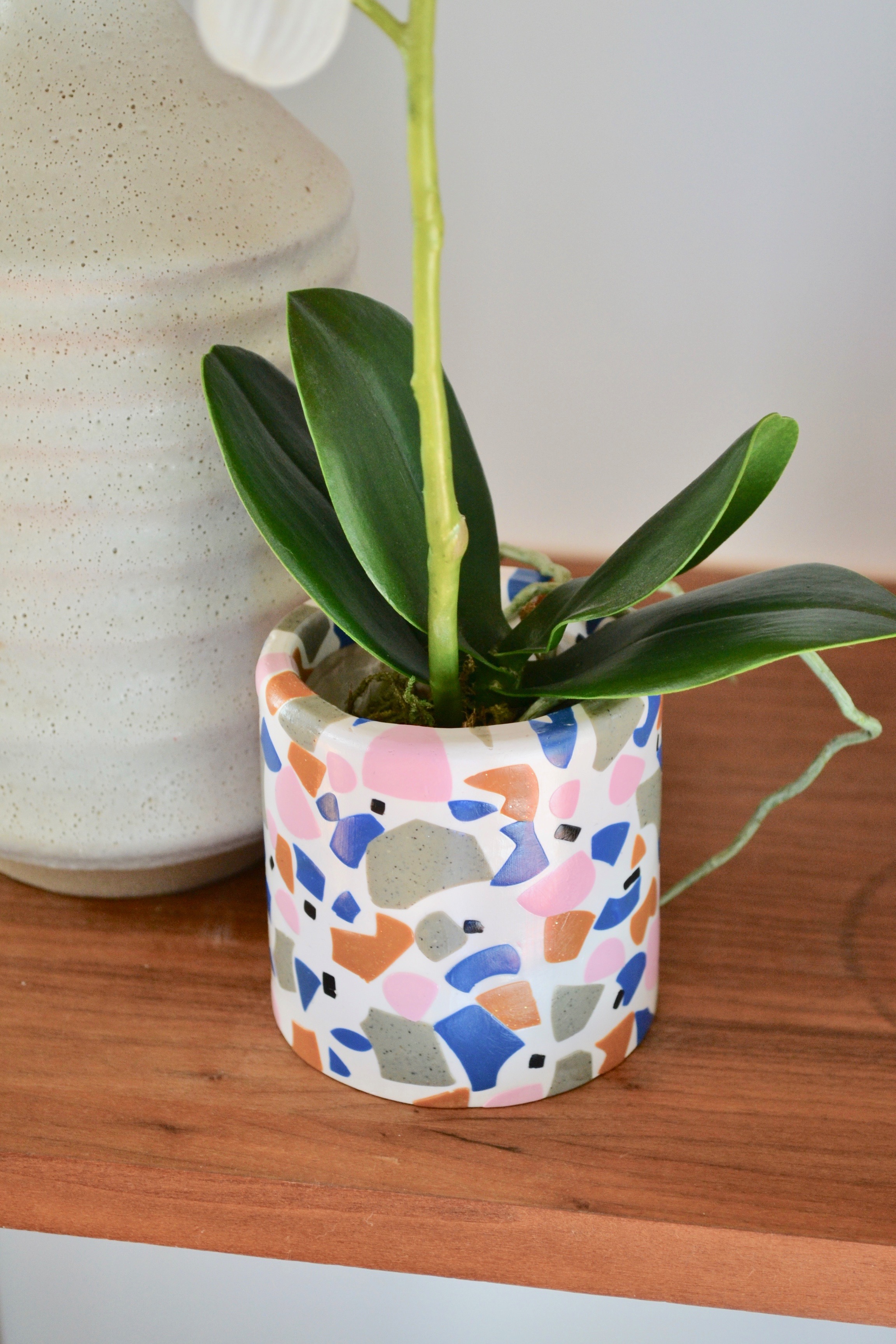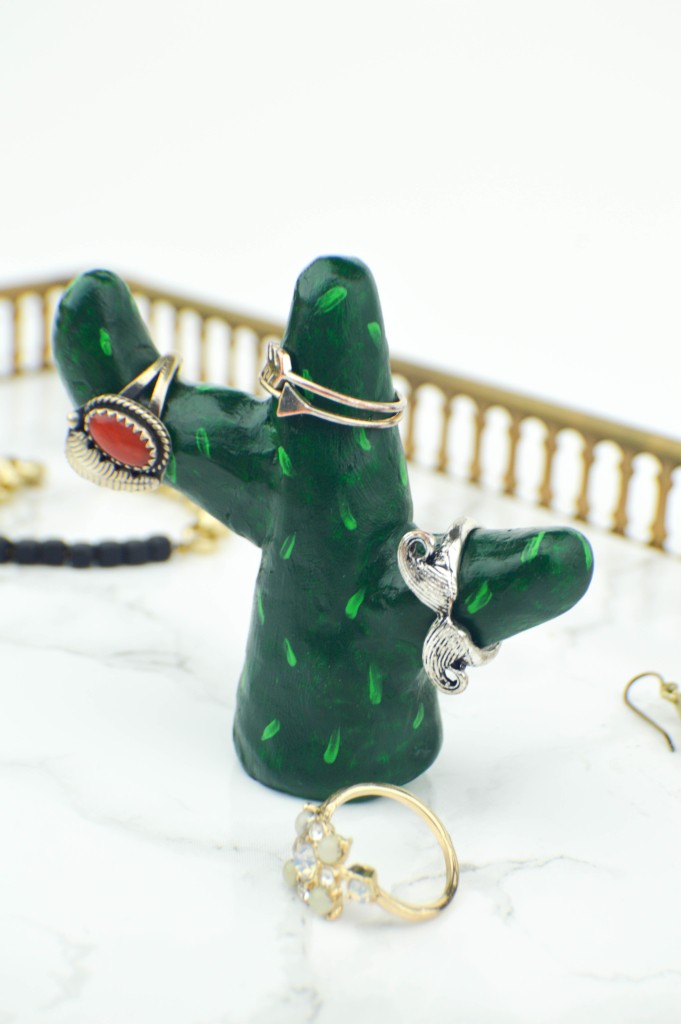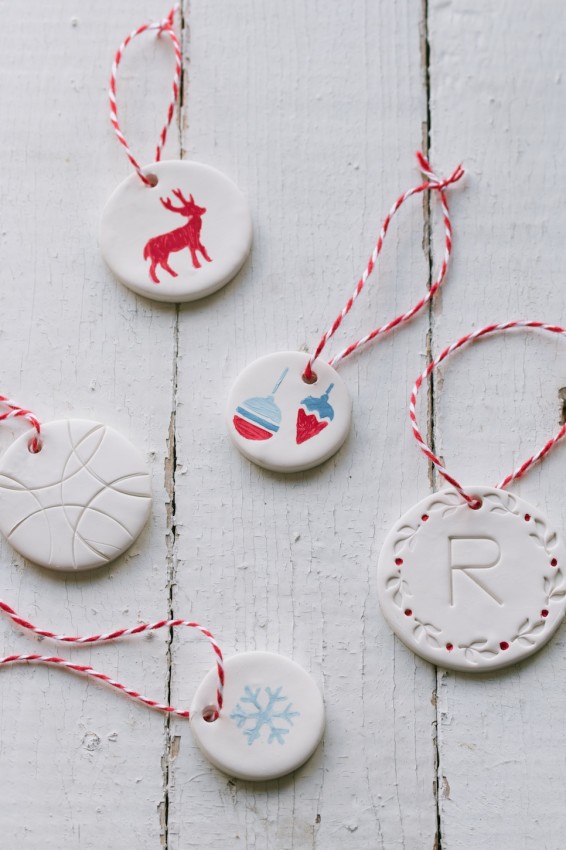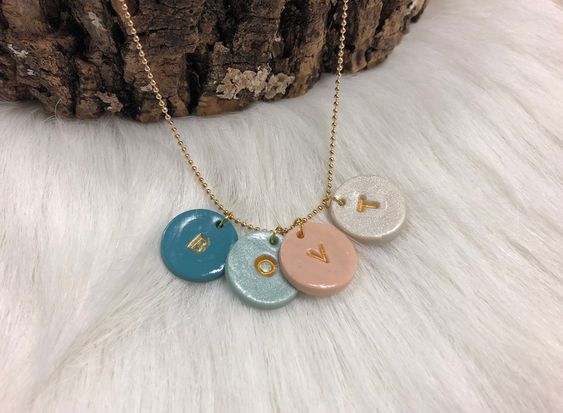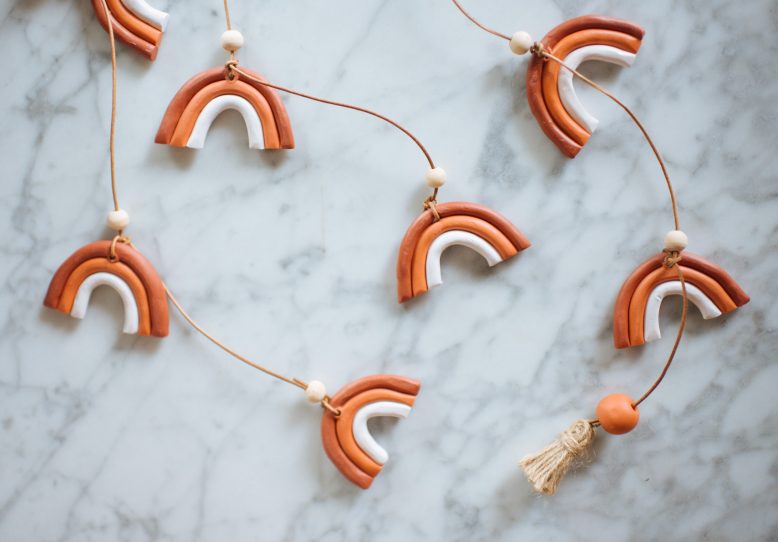Polymer clays is popping up everywhere and with The Great Pottery Throw Down hype getting everyone potting we thought we'd give you a guide to the easiest form of pottery - polymer clay! From Tik Tok to Etsy, polymer clay kits and projects are being enjoyed by crafters of all ages.
As well as explaining all the polymer clay supplies you'll need, there's also a bunch of free polymer clay ideas at the end of this article to have you feeling inspired.
If you like polymer clay, why not check out some of our other clay crafts – like this cute clay trinket dish, or these fun clay salt spoons, or why not read up on all things pottery with our beginners guide to pottery written by expert Sarah Orme. How about learning how to make an air dry dish, with our guide, how to use air-dry clay.
We love seeing what you make, so don’t forget to share your papercraft projects with us on Instagram, Facebook or Twitter, too!
What is polymer clay?
So, what is polymer clay? Polymer clay is a type of synthetic clay that can be "set" or hardened, by baking it in a domestic oven. There are lots of different types of polymer clay to choose from, and you'll probably have heard of the most popular brand here in the UK - Fimo.
In the US, Sculpy is a popular choice for modellers. As well as a huge range of colours, you can also get glitter, translucent, metallic and even glow-in-the-dark polymer clay!
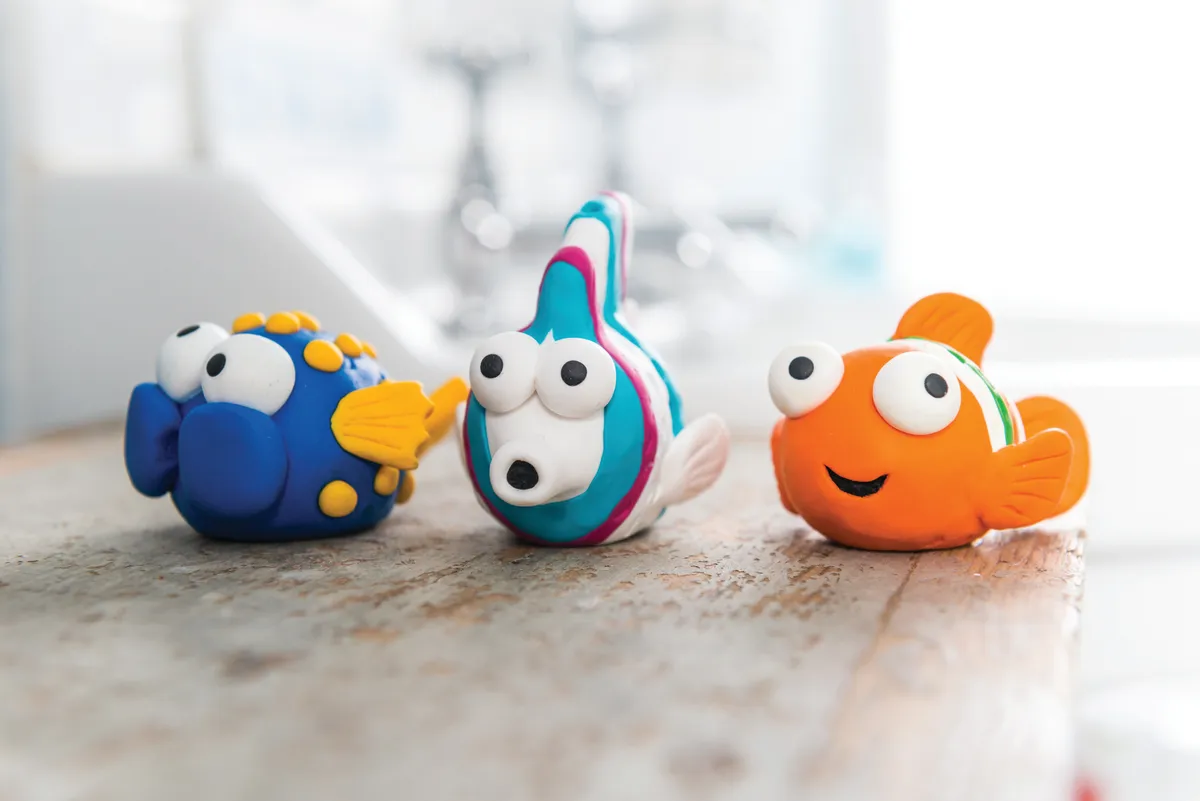
Polymer clay is a colourful and versatile modelling material. It’s a perfect way to create your own stunning designs using some fascinating techniques and effects. Polymer clay can be baked in an ordinary oven to set it permanently hard. Baked polymer clay is durable and strong which makes it an ideal material for creating handmade jewellery, decorations and models.
Working with polymer clay is a tactile, absorbing and uplifting process. It’s suitable for all ages and abilities and is easily adaptable to different styles. Polymer clay can be used in a simple way or, for more complex and advanced detailed work. The possibilities are endless for making your own exciting polymer clay creations!
Buy polymer clay!
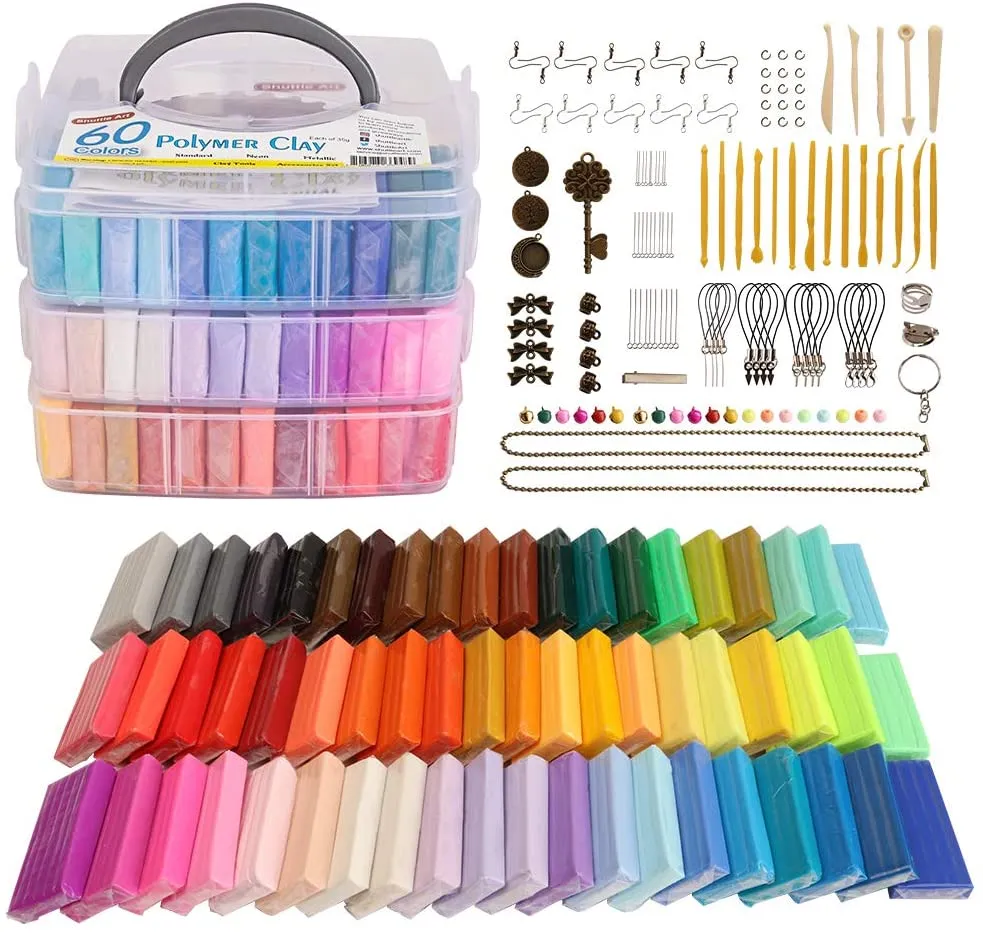
If you're after all the colours of the rainbow then this is the polymer clay kit for you. There's everything from neons to pastels and they're all contained in this handy box to keep things neat and tidy.
What is polymer clay used for?
Polymer clay is extremely light in weight, making it an ideal medium for making jewellery, ornaments and decorations. If you're into making your own jewellery, or perhaps have a side hustle, then it is also brilliant for making beads. And by mixing colours together to create a marbled look for your polymer clay creations, you can even evoke the look of Venetian glass - try it with blue and white clay!
Top tips for using polymer clay
- Clean your hands between colour changes for neat designs
- You can still cut and shape the clay after baking, as it won't be hard until it has cooled down
- Line your baking tray with some aluminium foil before baking, to prevent your miniature masterpieces from sticking
Polymer clay for beginners
First - layout your working area. Make sure your surfaces are protected, as little bits of the clay can all-to-easily find themselves trodden into the carpet. Grab your rolling pin, some modelling tools and your polymer clay.
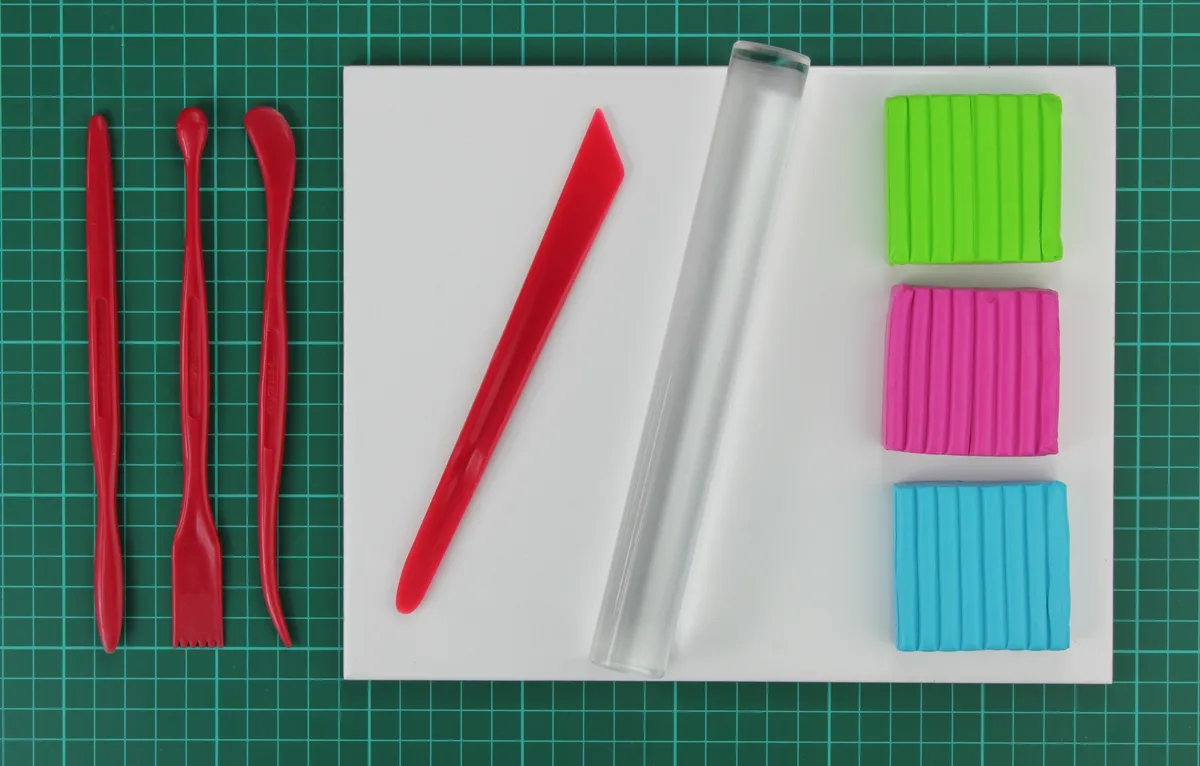
If you have one, use a large ceramic tile or baking sheet to work on, as this provides a smooth surface (and therefore a smooth finish to your clay). Acrylic rollers designed for polymer clay are smooth to use and easy to clean.
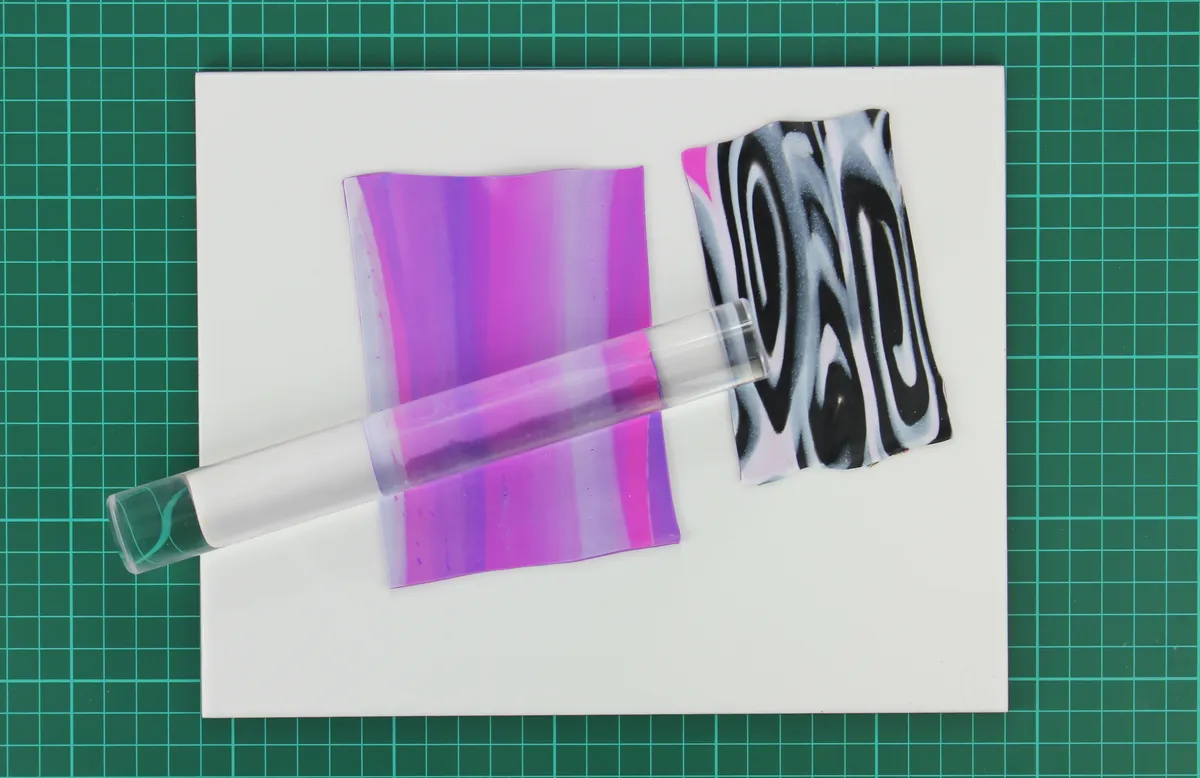
There are lots of fun techniques to explore to make polymer clay patterns, including blending, marbling, multi-coloured surface effects. A pasta machine is a quick way to roll polymer clay into a flat sheet!
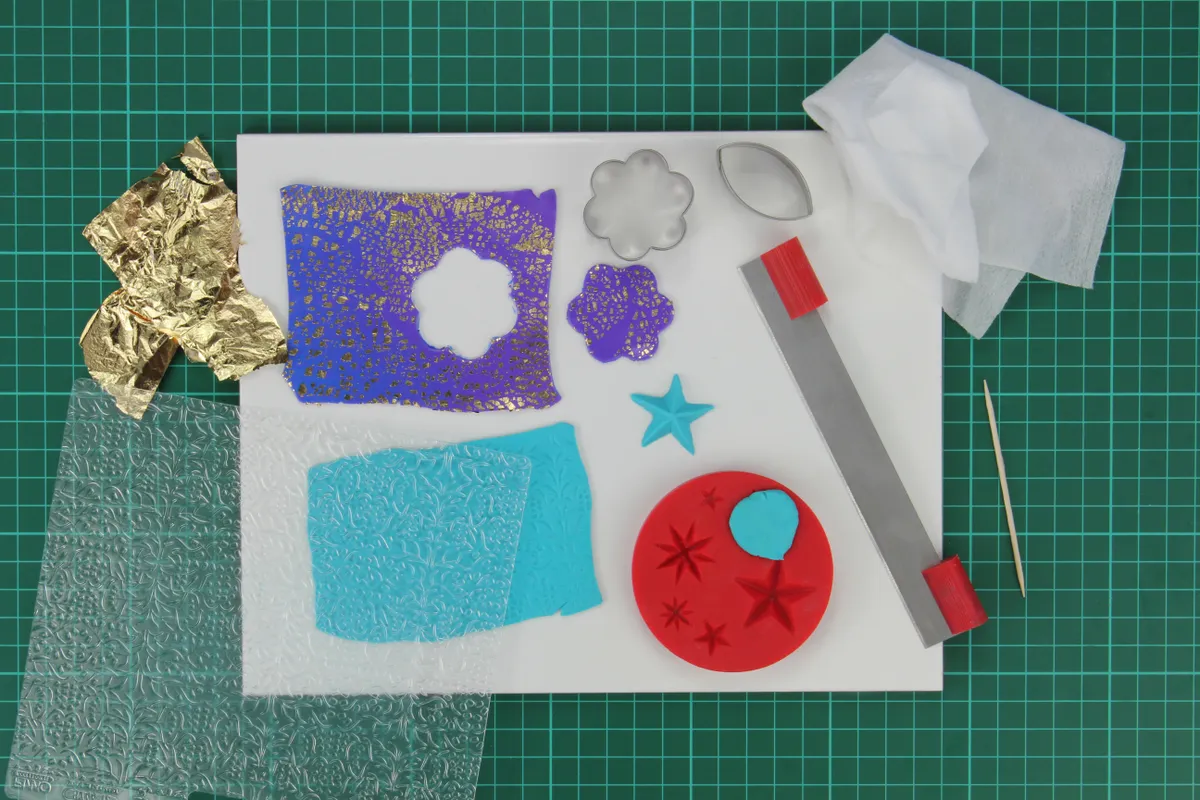
Patterns and effects can be added to polymer clay using paints, gilding wax or other materials. Try enhancing the surface with a texture sheet or use gilding flakes (or metal leaf) for a flecked foil effect. Shaped cutters and silicone moulds are a quick and easy way to make multiple shapes.
How to use polymer clay
Now you know the basics, let's get started making a project!
Polymer clay is brilliant for rustling up a side hustle - in this easy beginner tutorial, we show you how to make three different species of polymer clay fish. We've turned them into light pulls, but they could just as easily make cute keyrings or pendants. There’s clownfish, angelfish and pufferfish, but you can easily custom-make versions to match different bathroom colour schemes.
These fish will sell themselves with their cheeky facial expressions and tropical colours and will make an attractive display on your craft stall or website, so make sure they are arranged well to maximise sales. A versatile make, you can easily create smaller versions of these fish to wear as pendants or earrings, giving you an instant jewellery range, too!
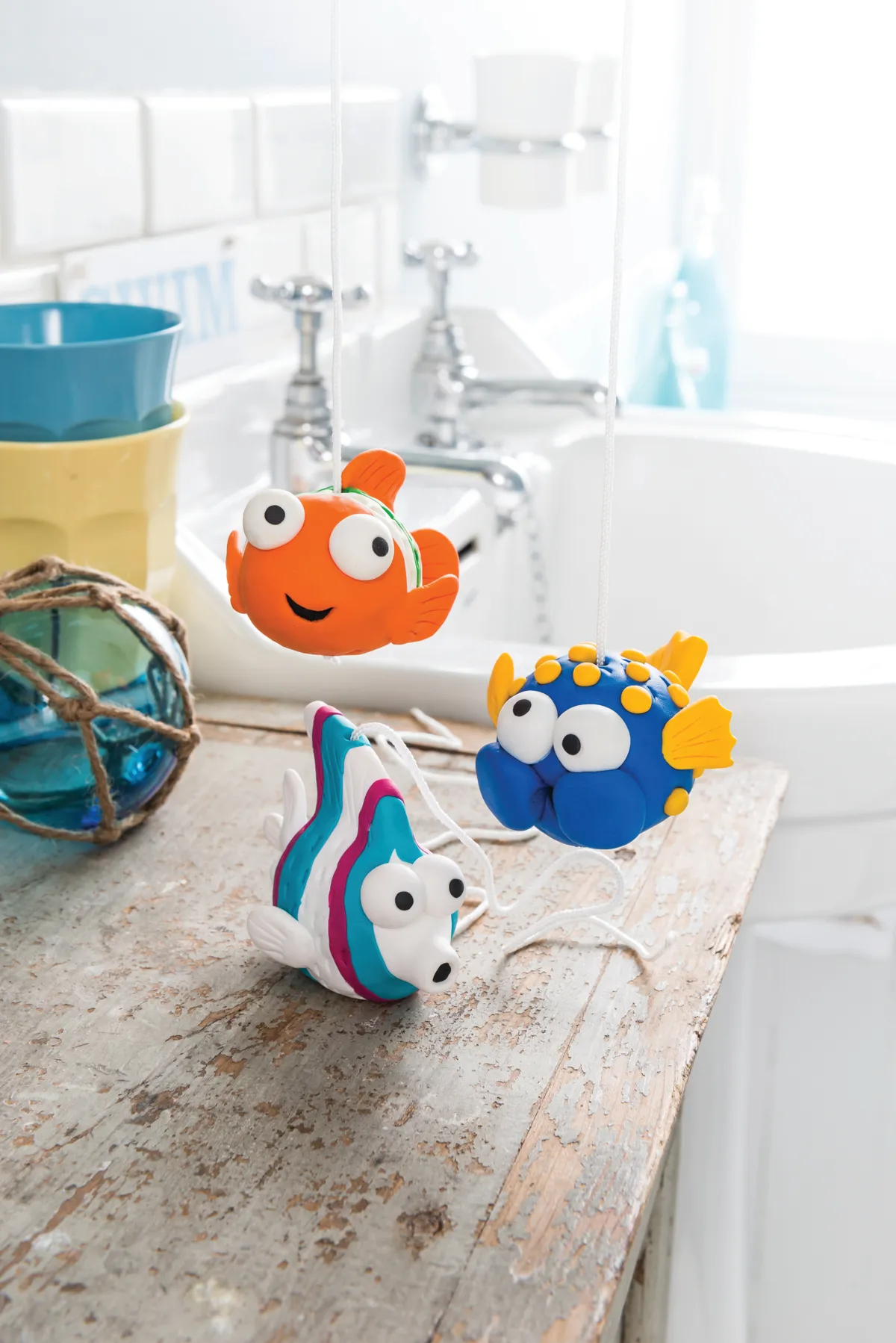
You will need:
- Plastic polymer clay tools
- Craft knife
- Three wooden kebab skewers
- Three light pull cords
- Baking tray
For the puffer fish:
- Fimo Polymer Clay in Pacific Blue, Sunflower, White and Black
For the orange clownfish:
- Fimo Polymer Clay in Tangerine, Tropical Green, White and Black
For the angelfish:
- Fimo Polymer Clay in Raspberry, White, Peppermint and Black
